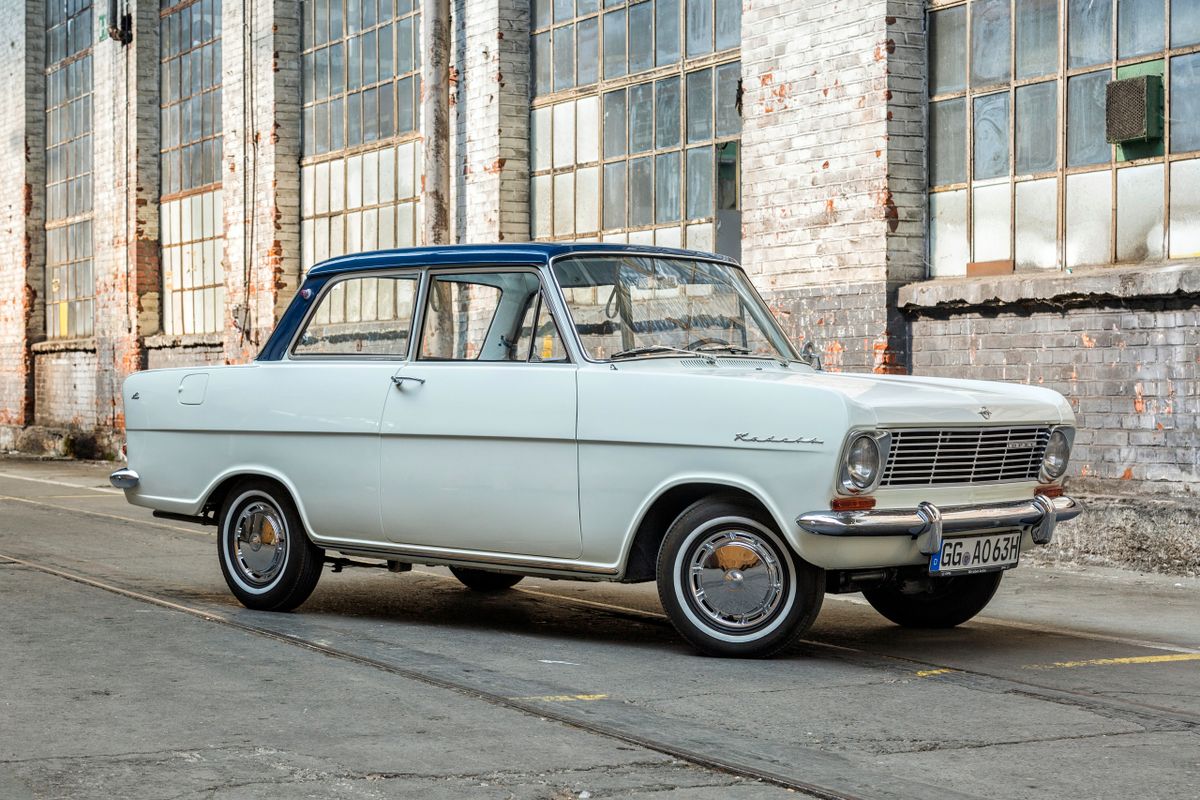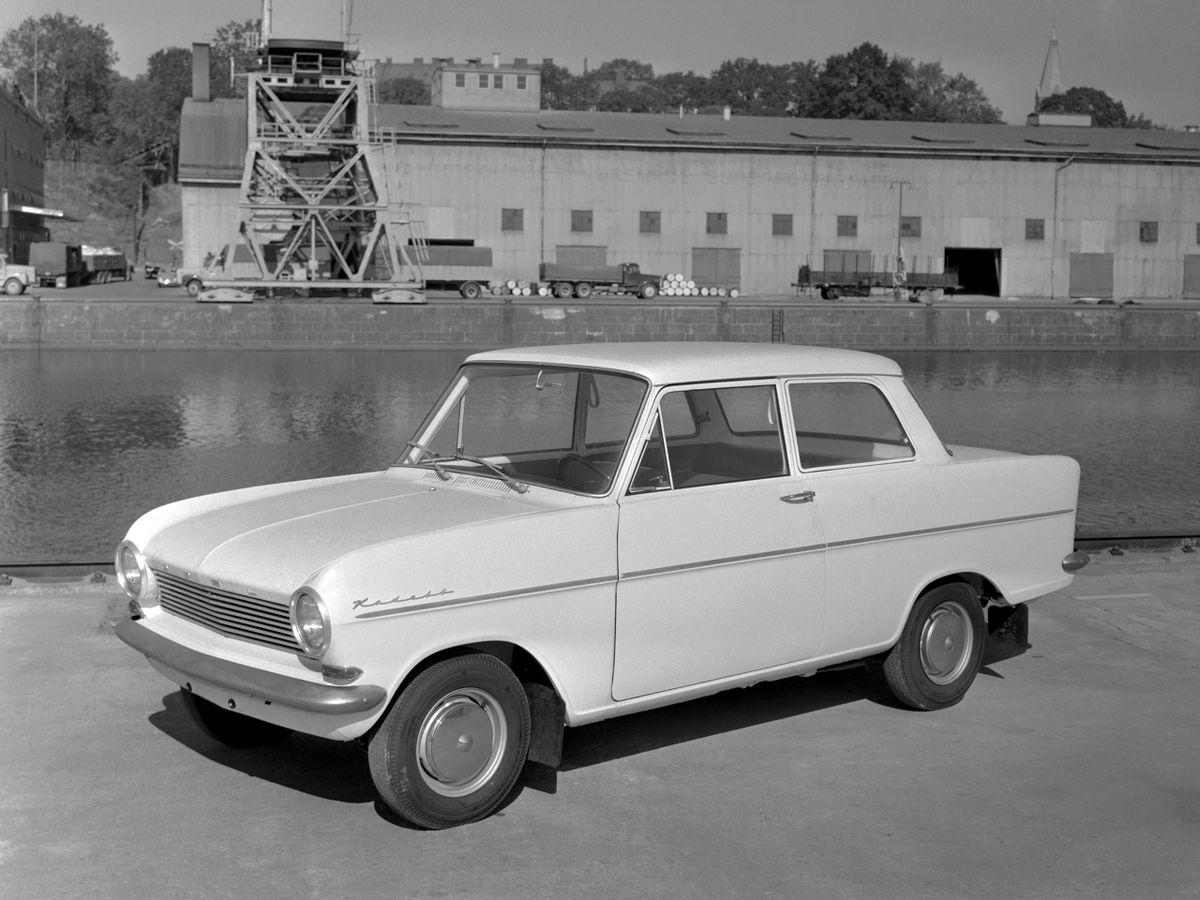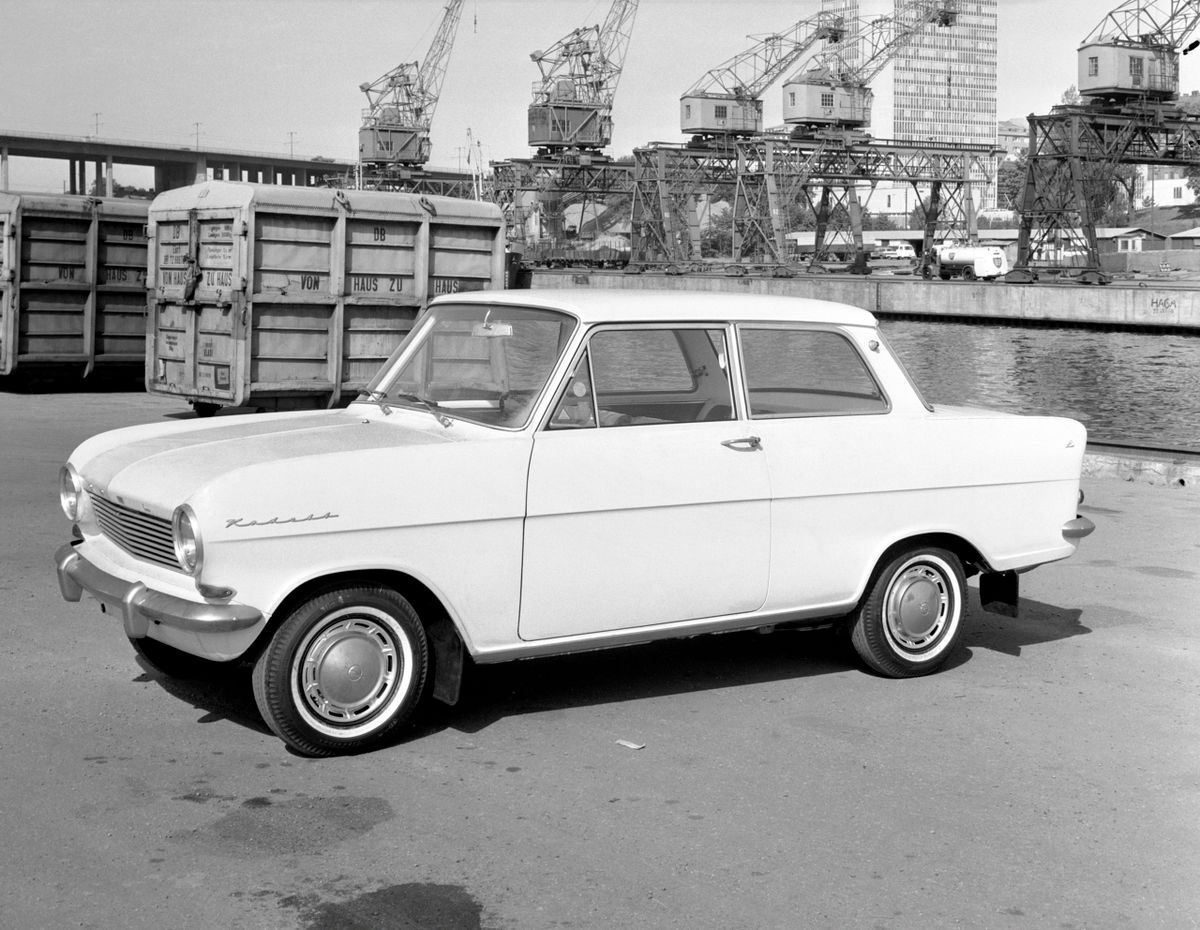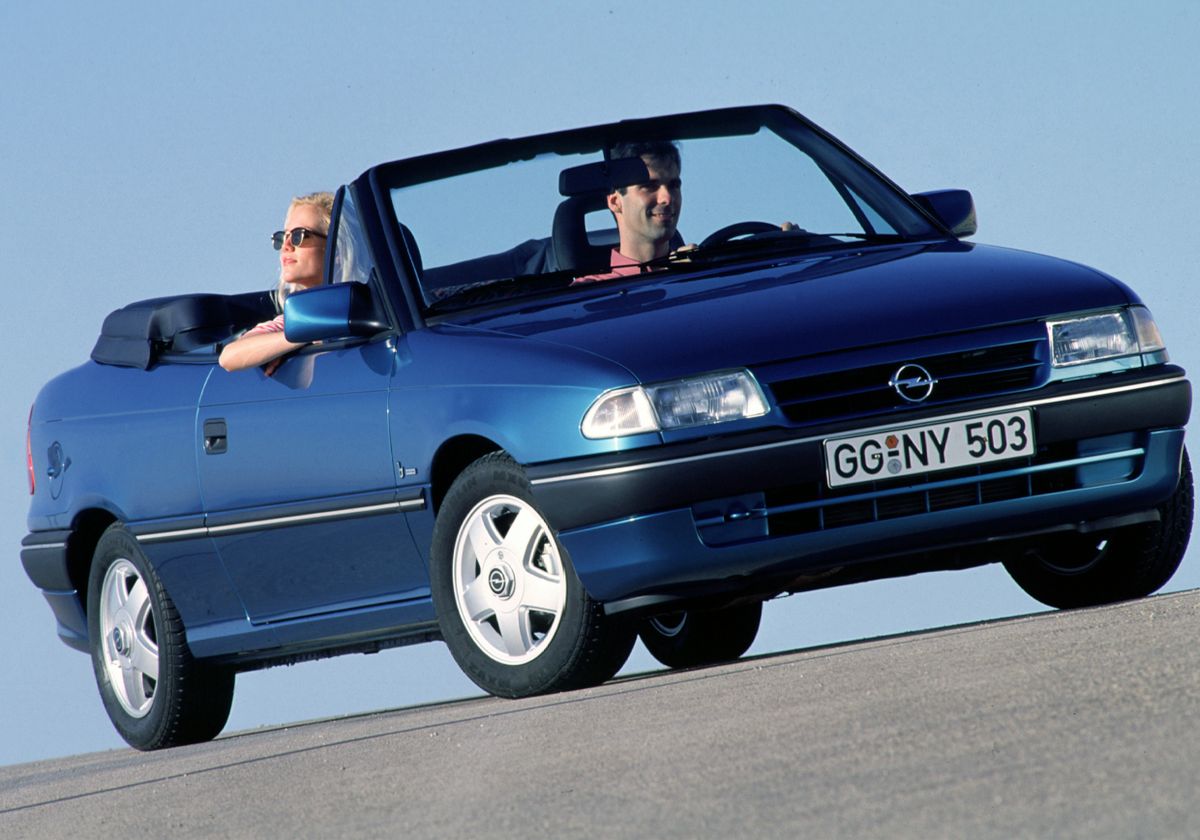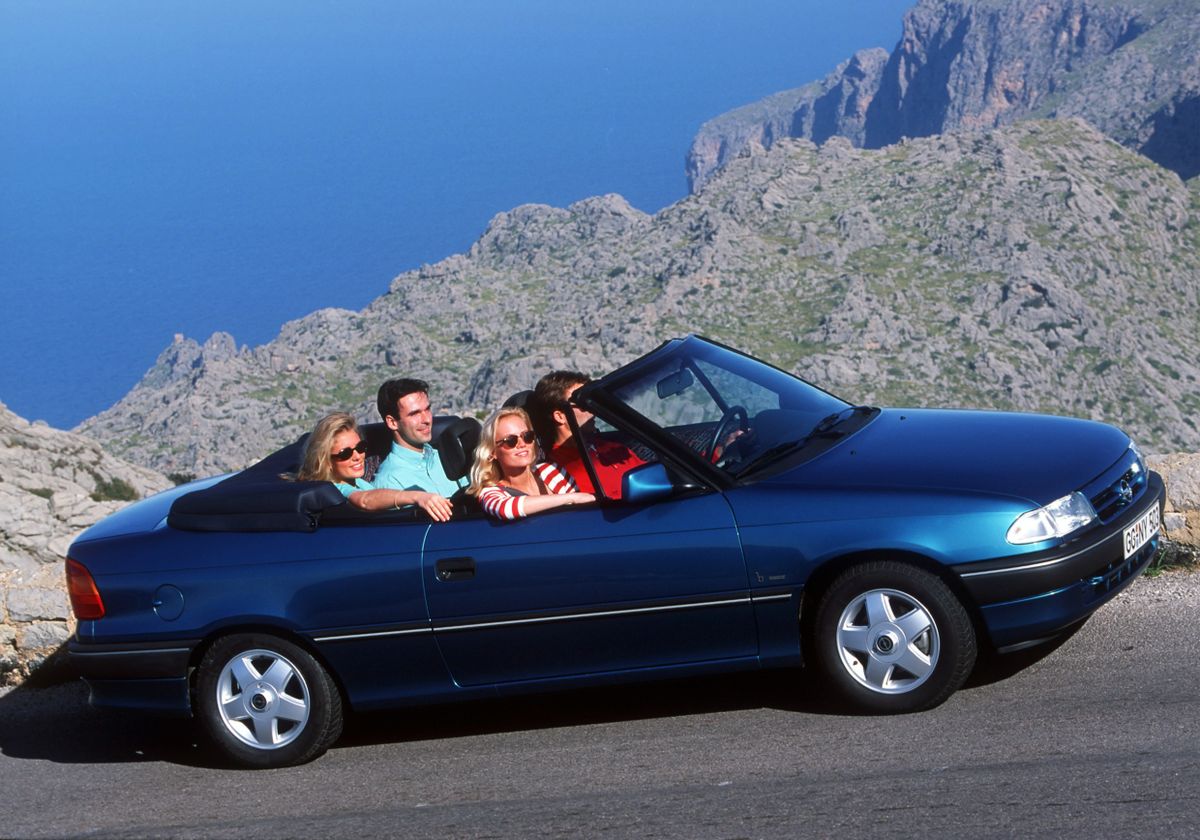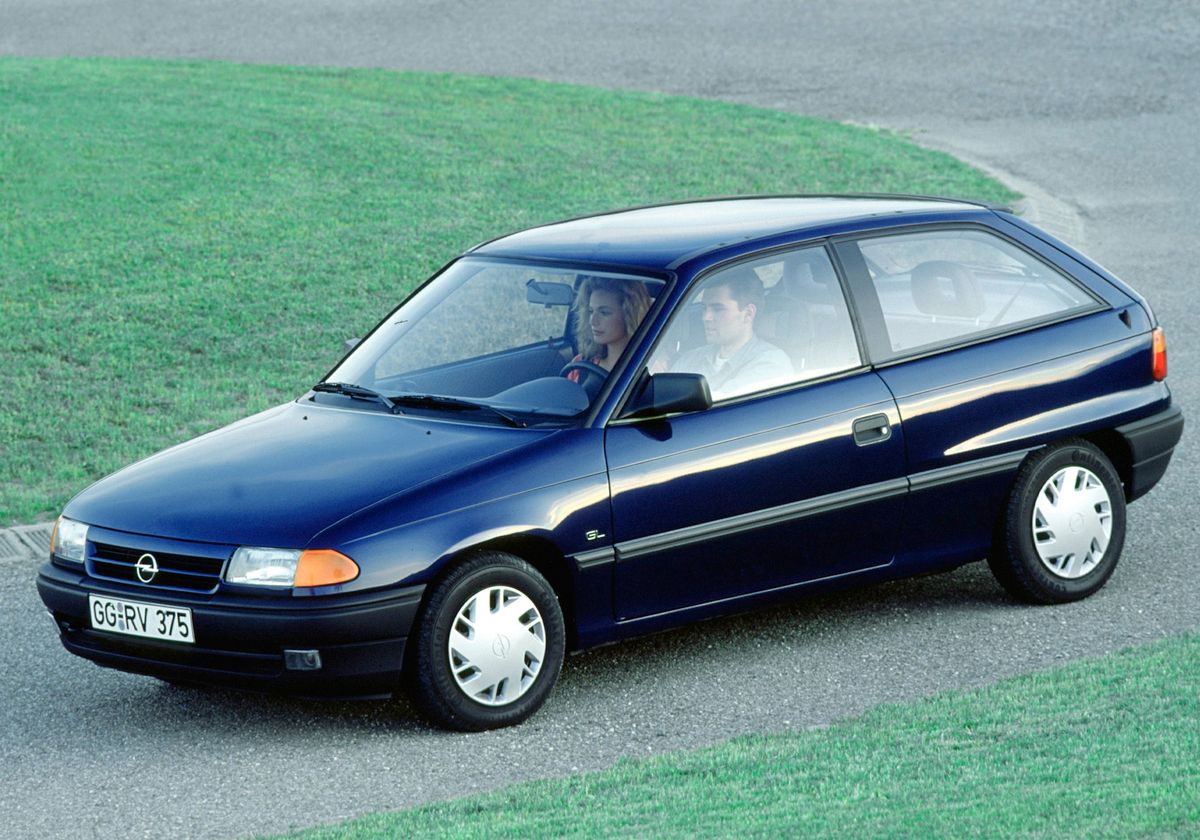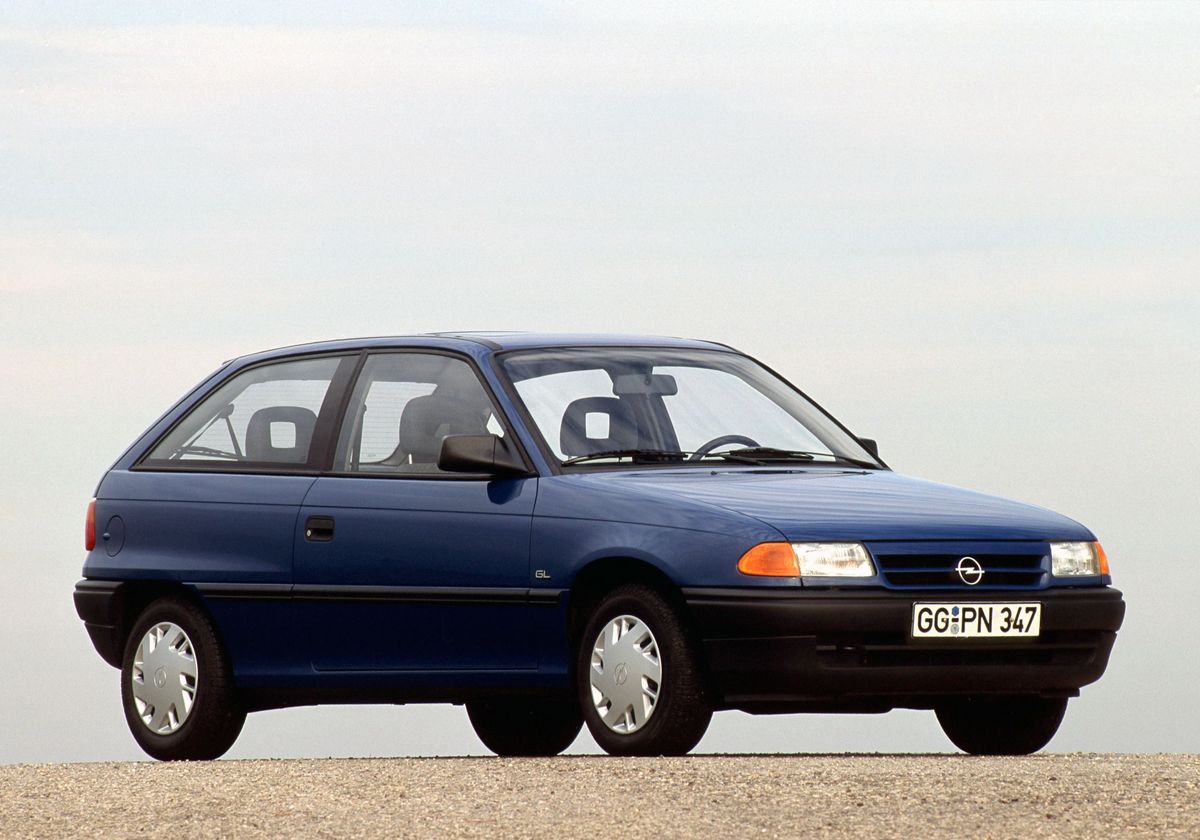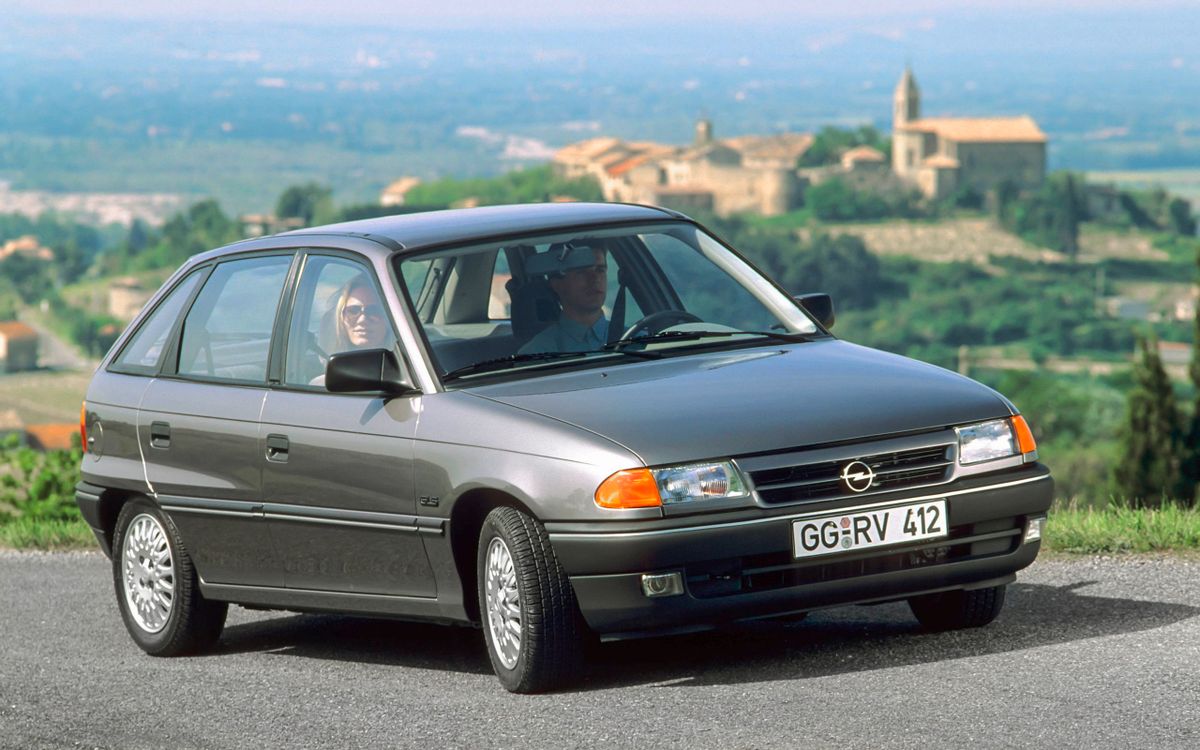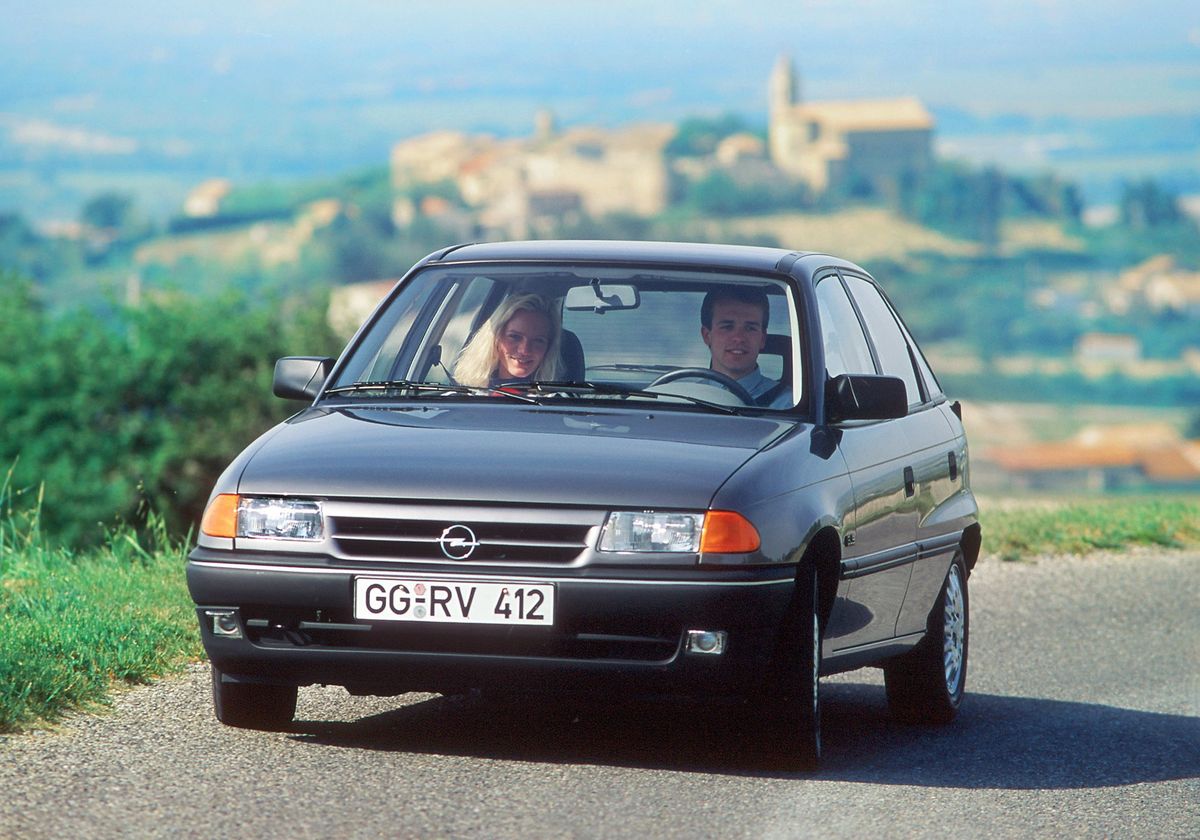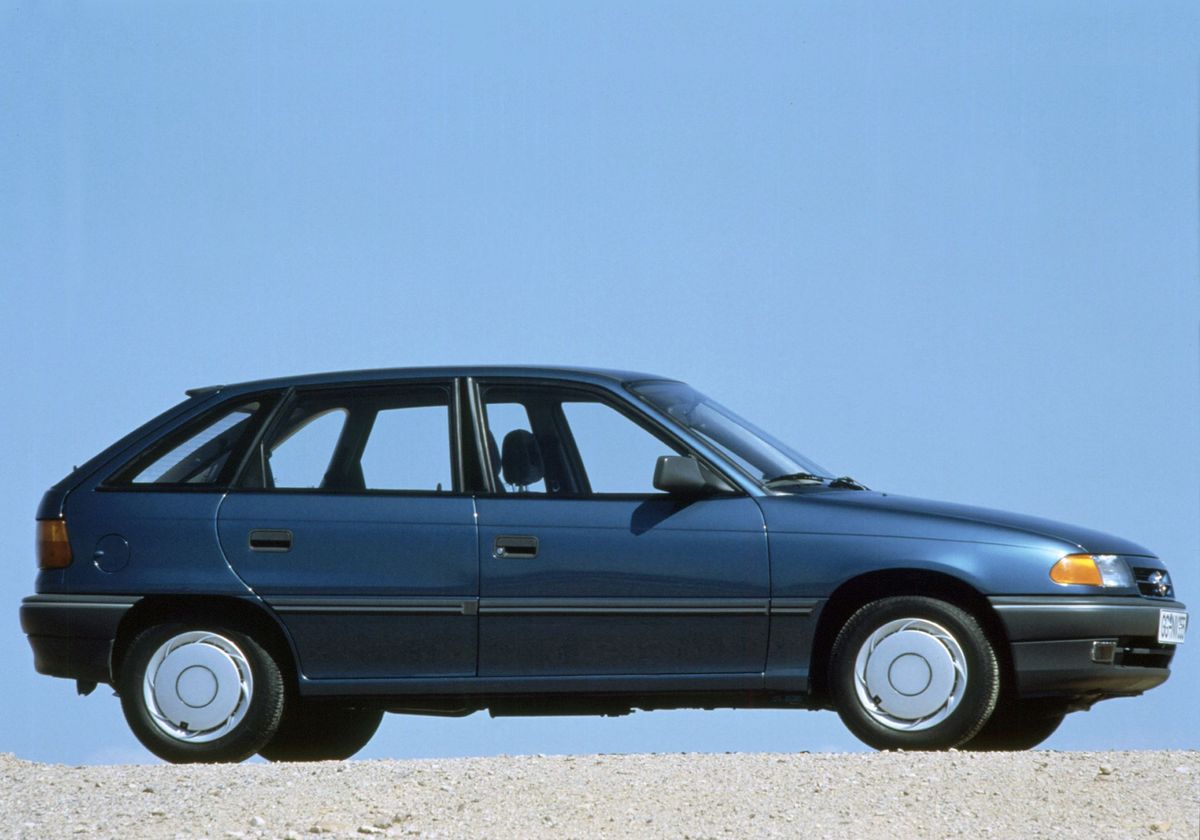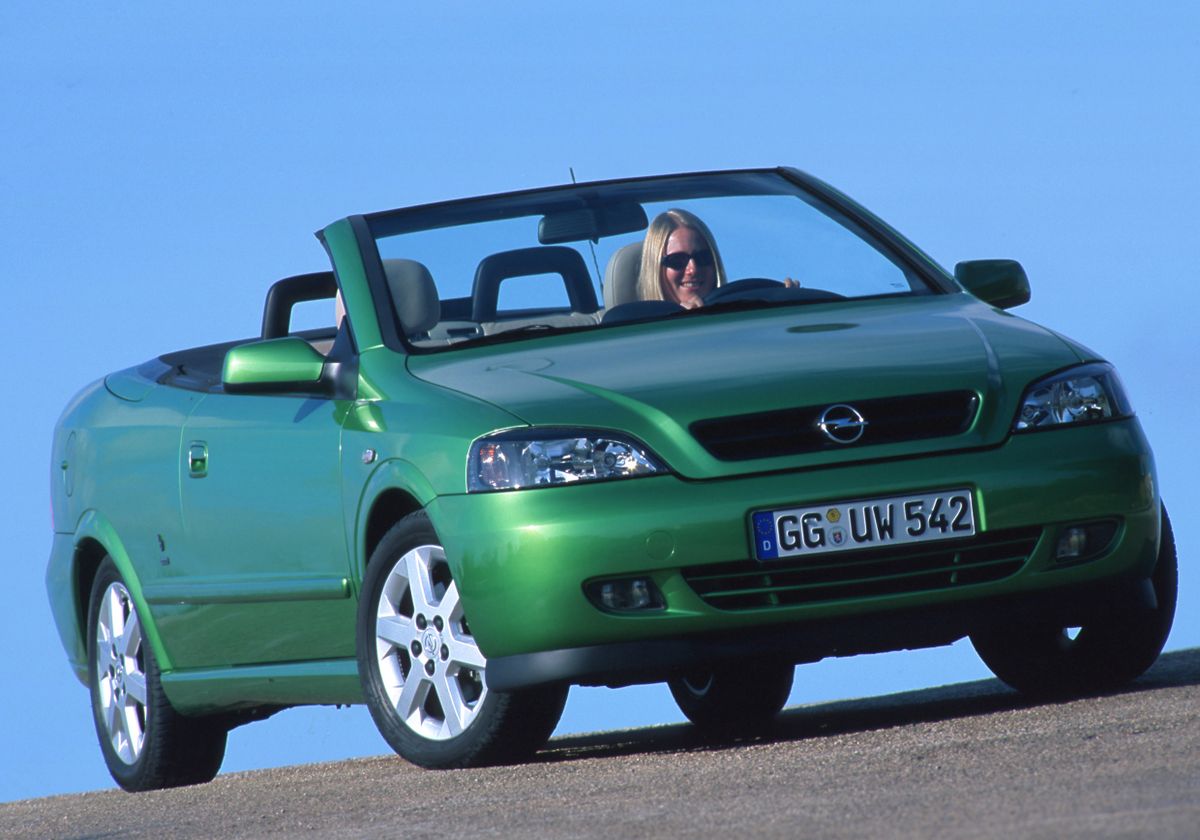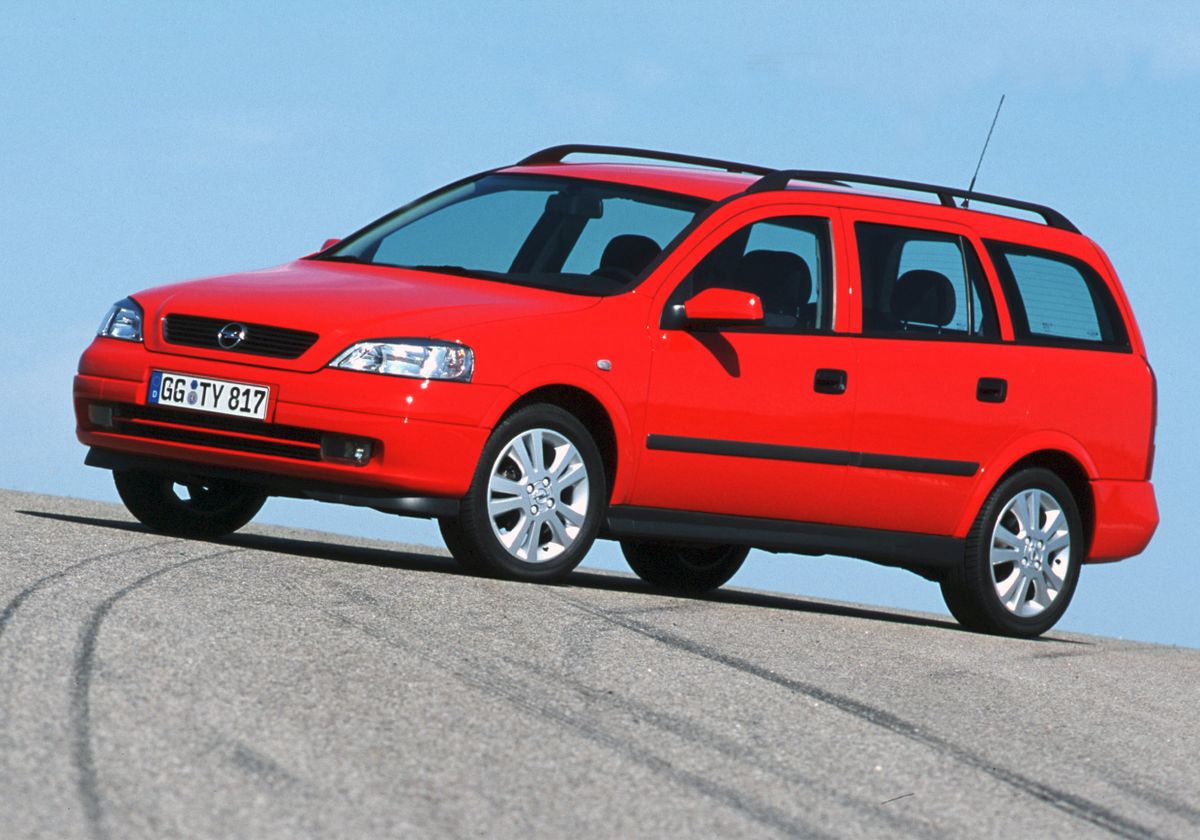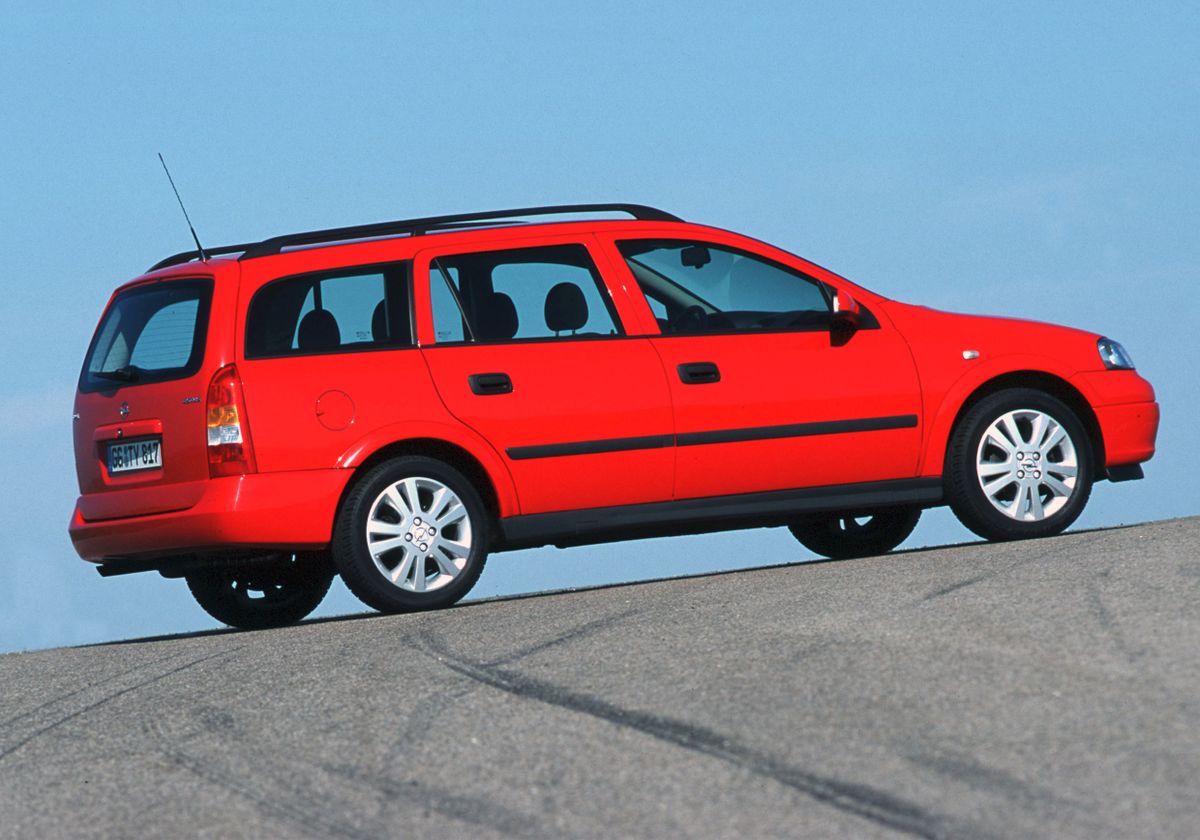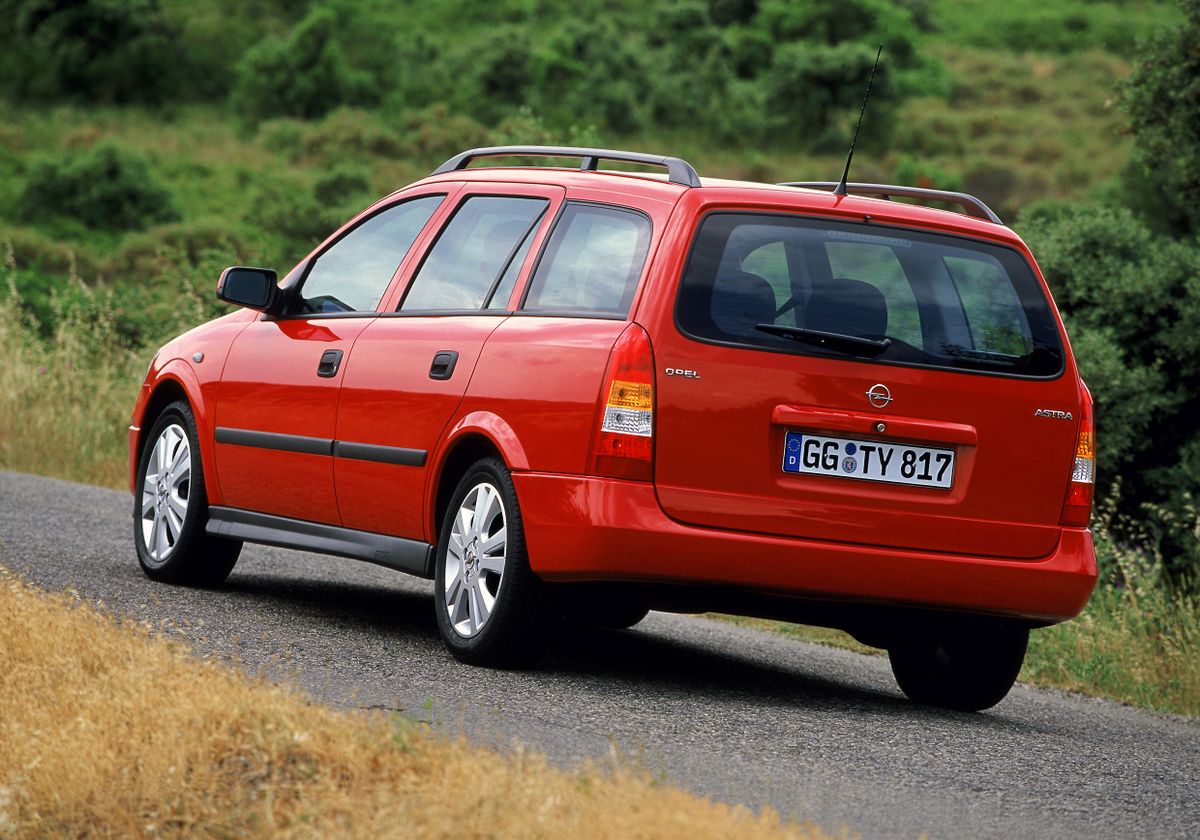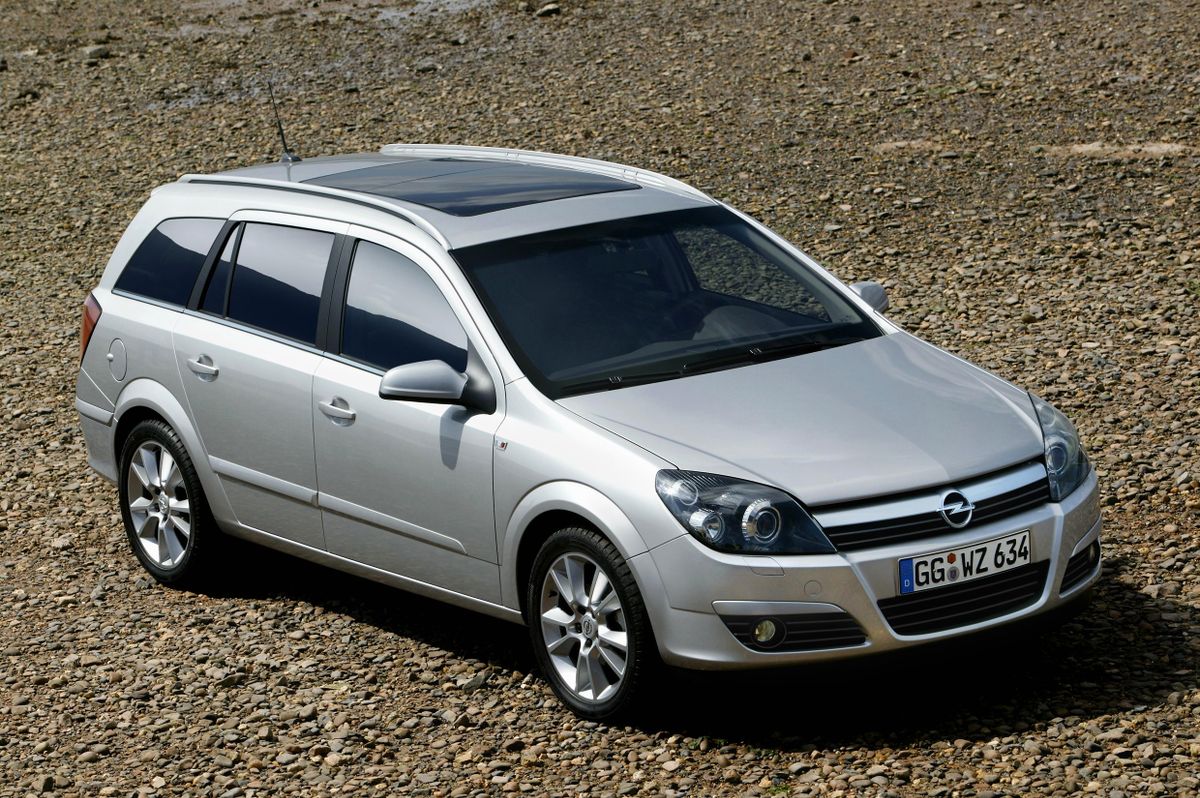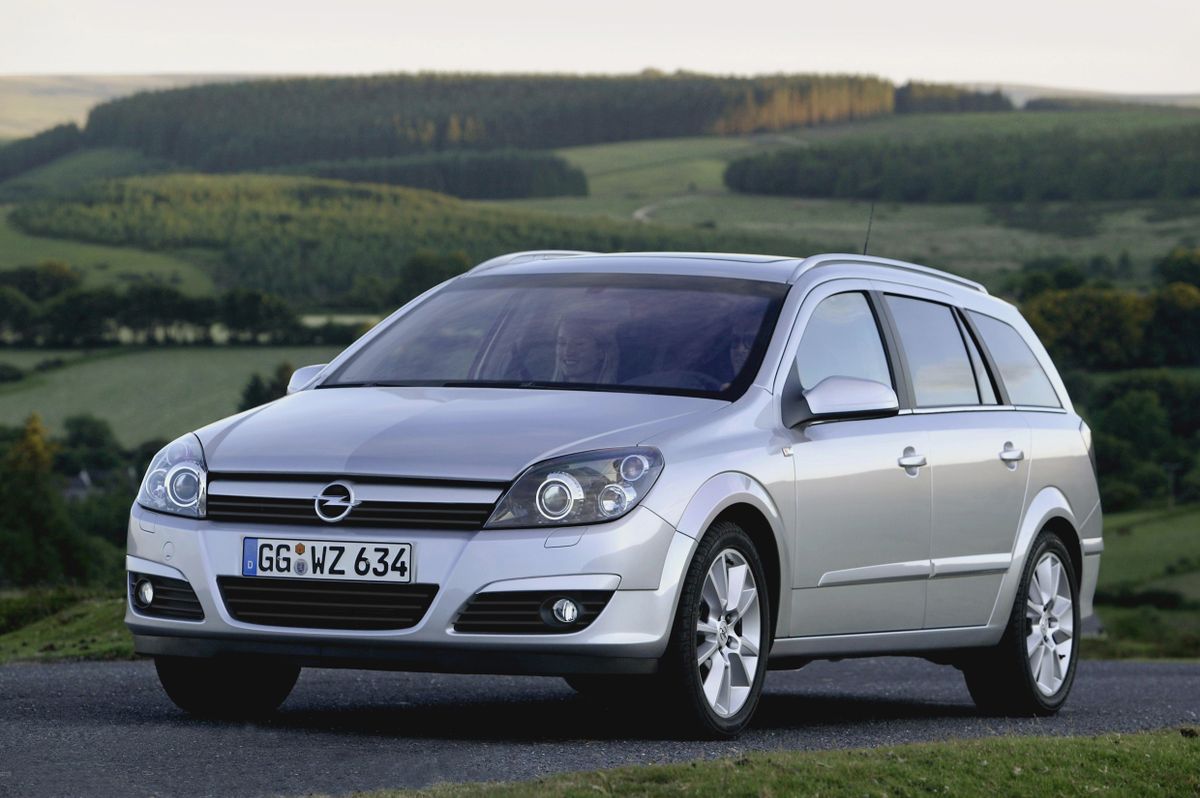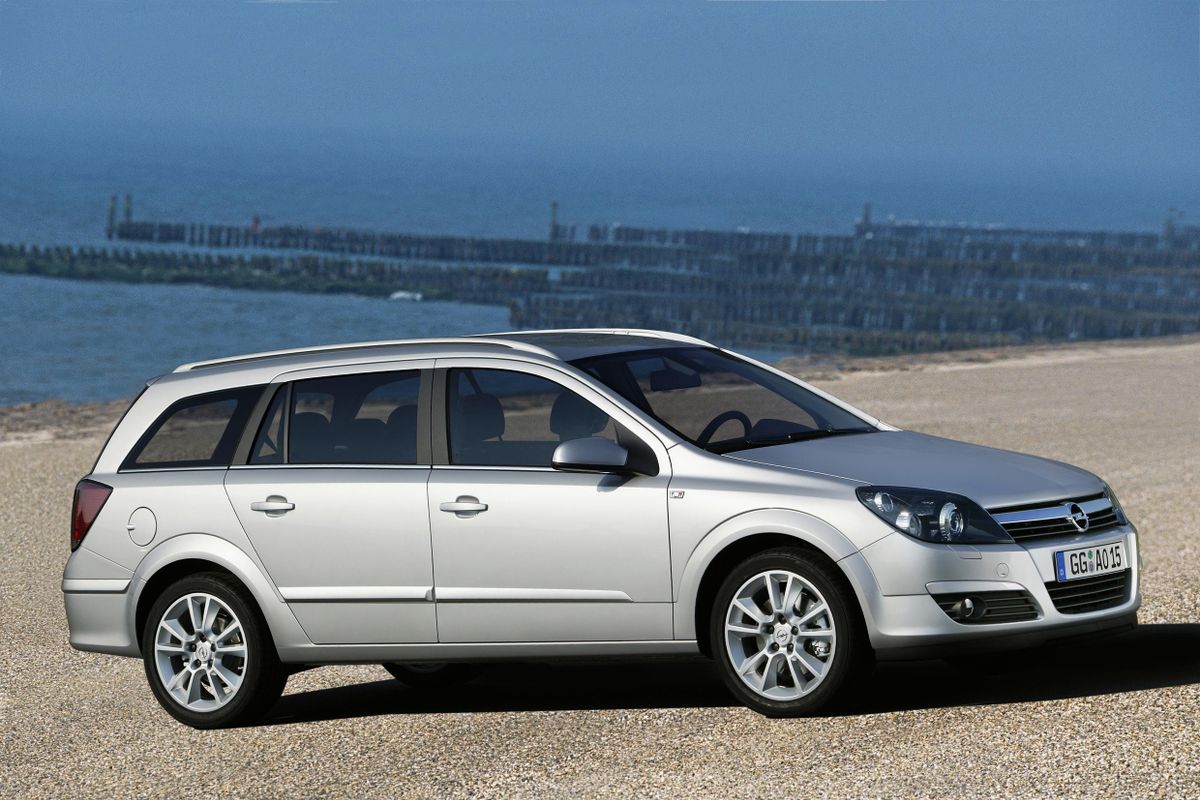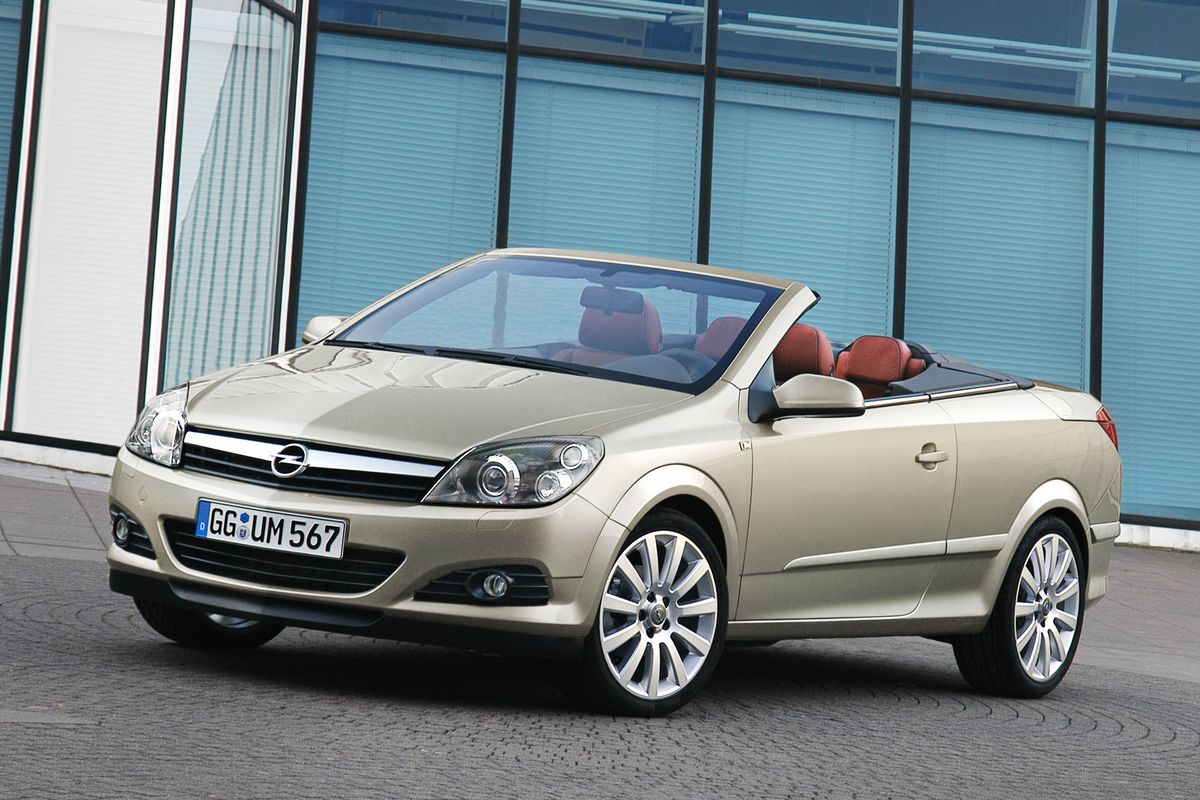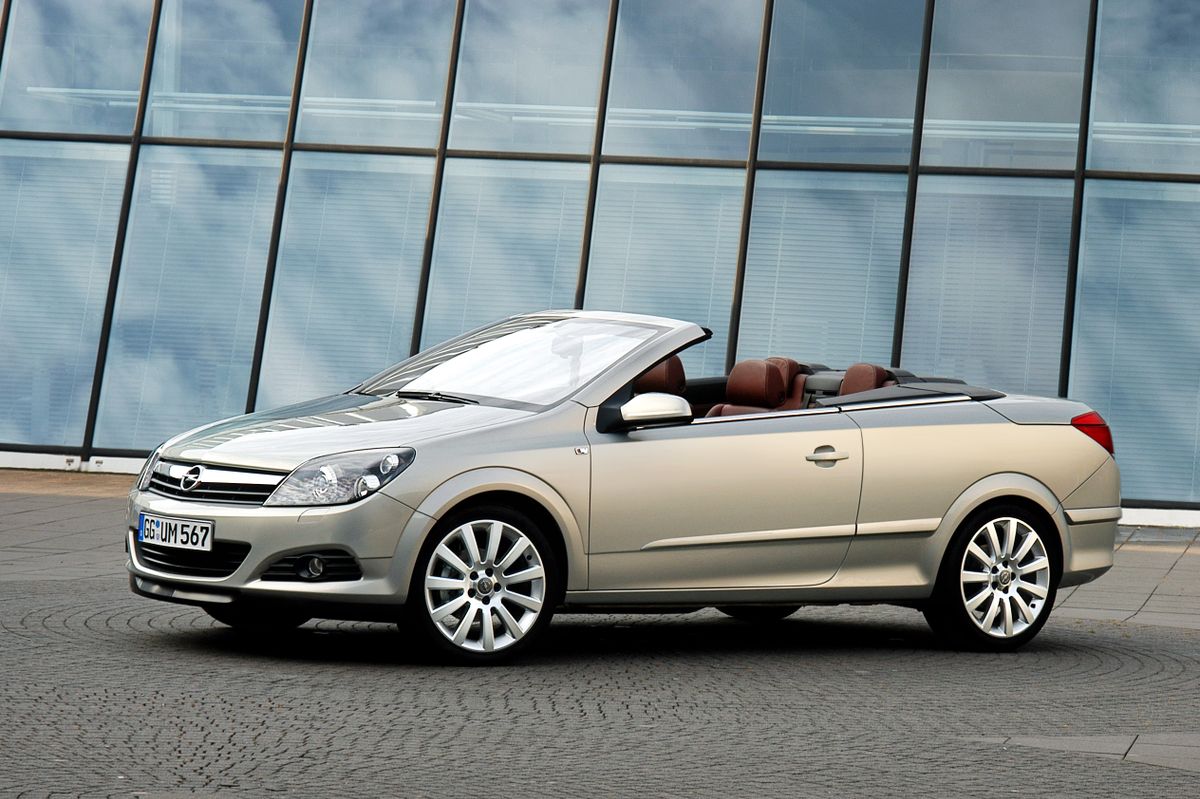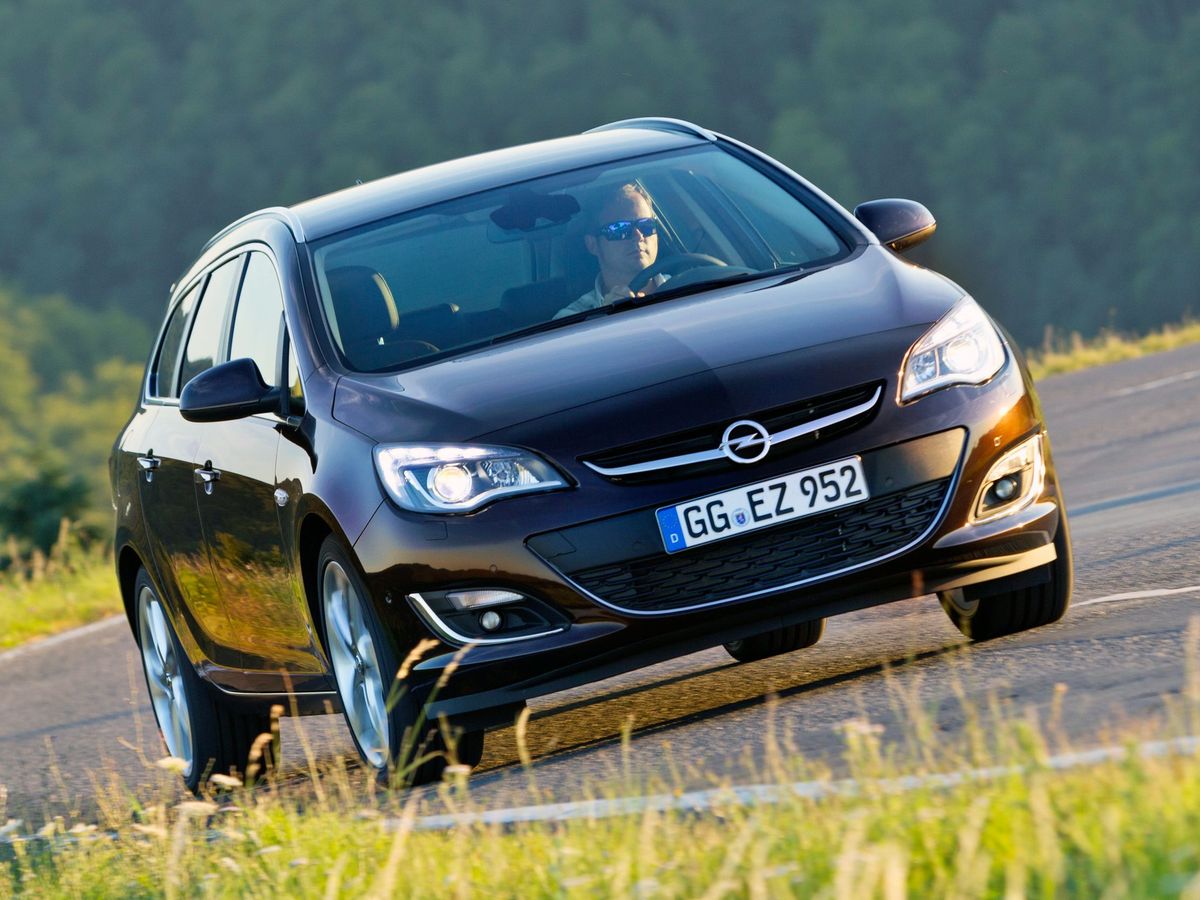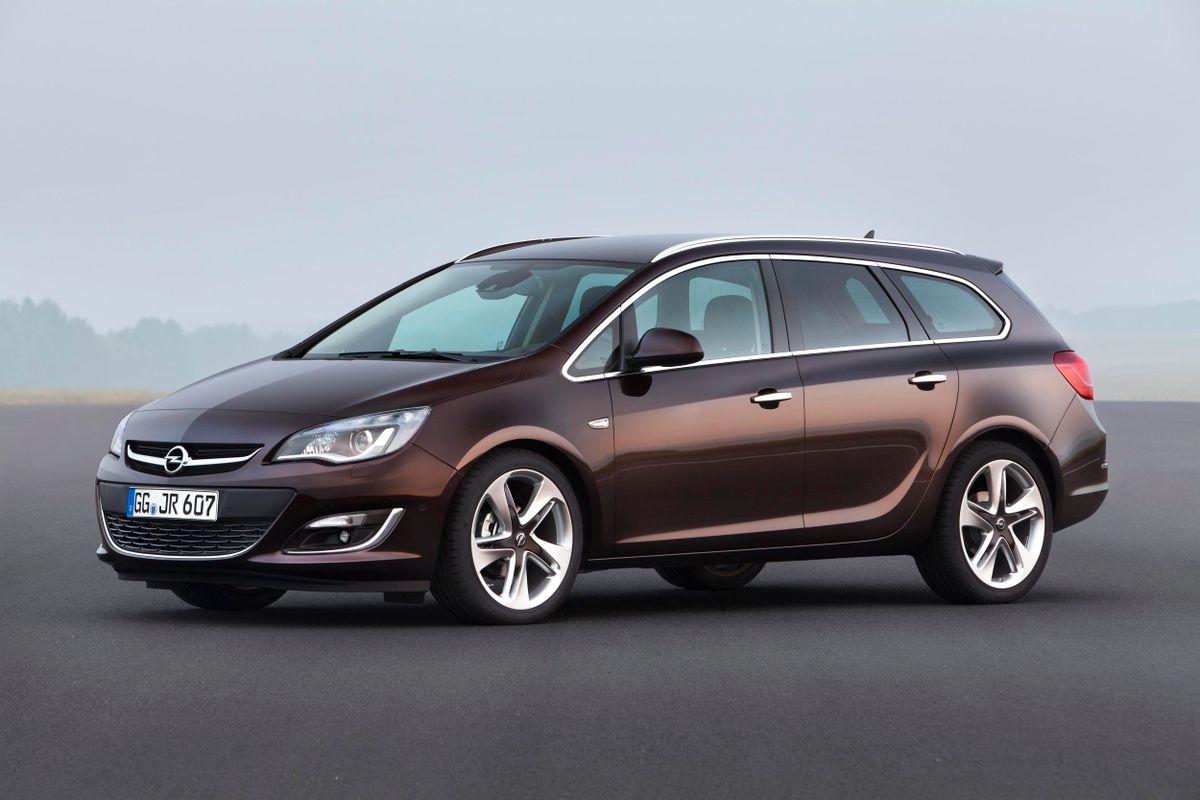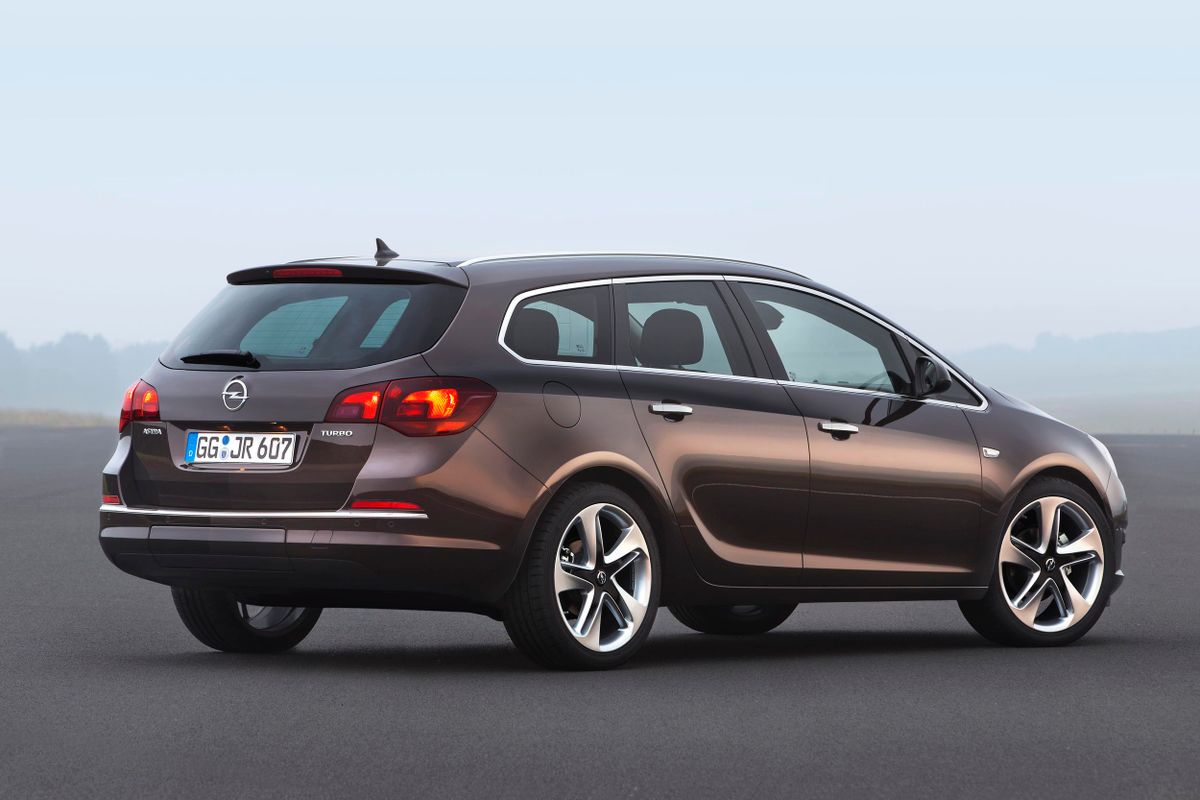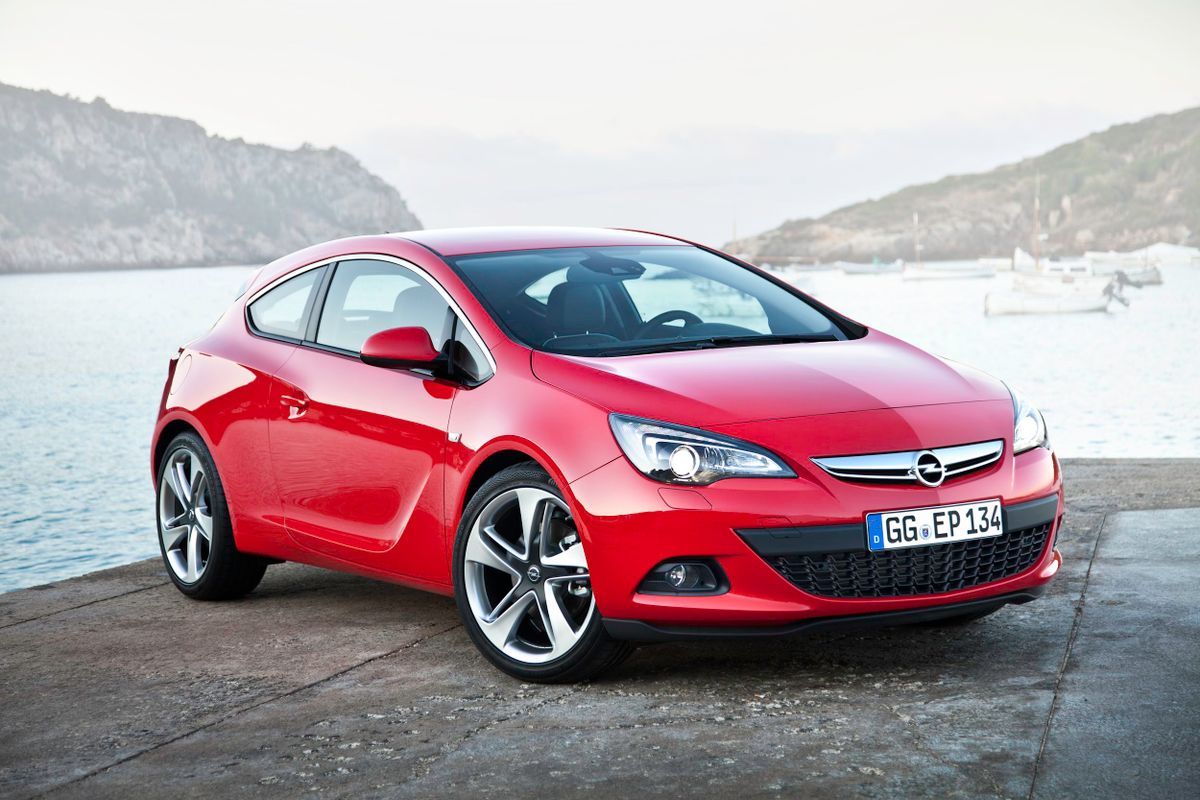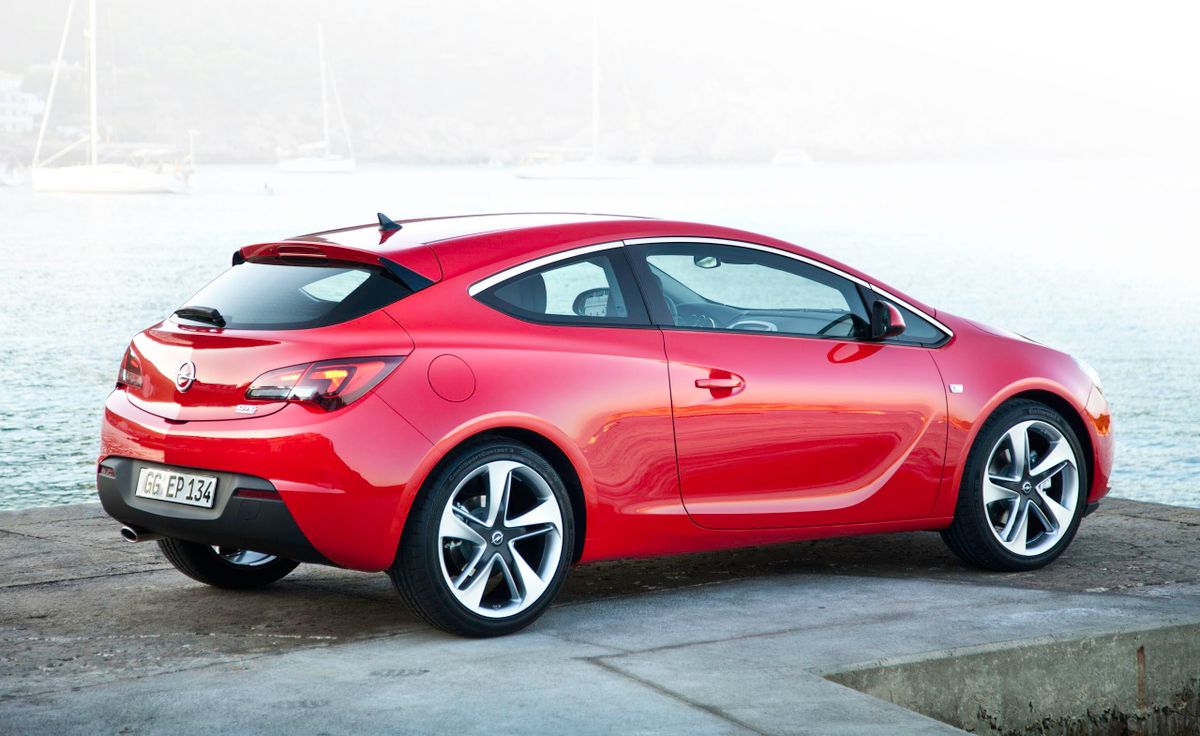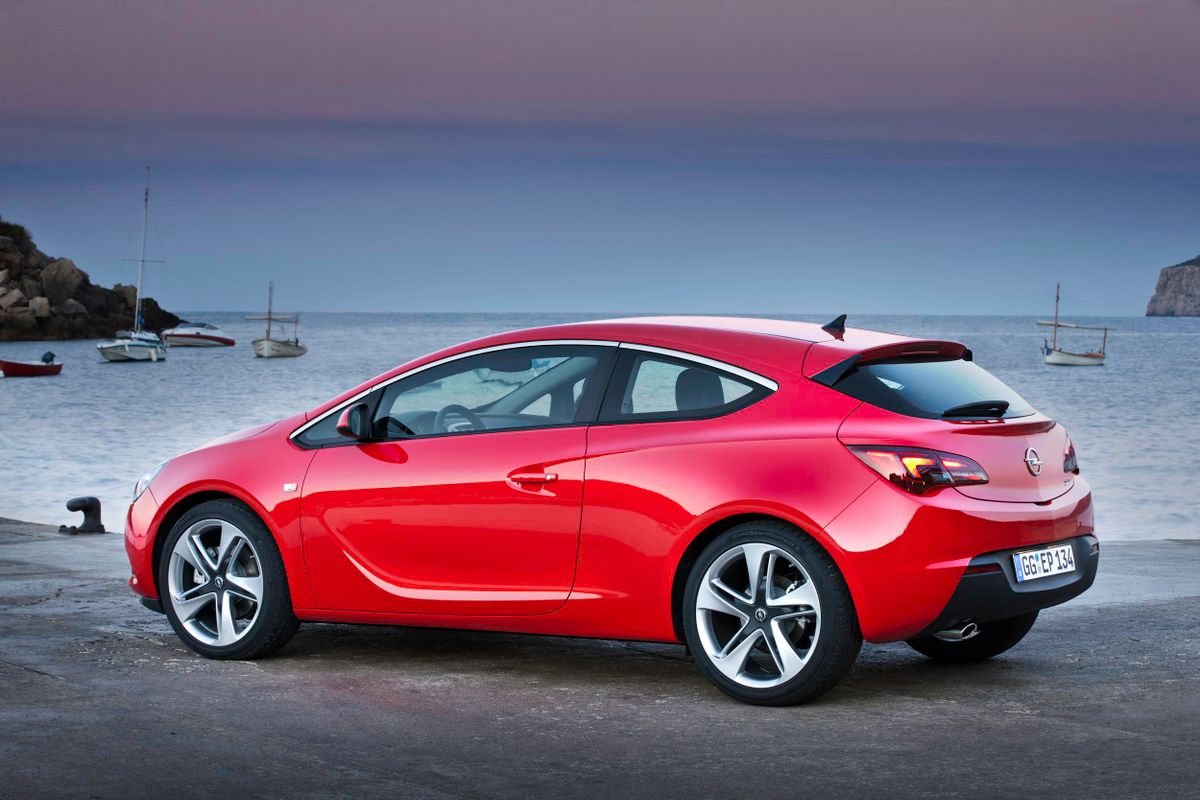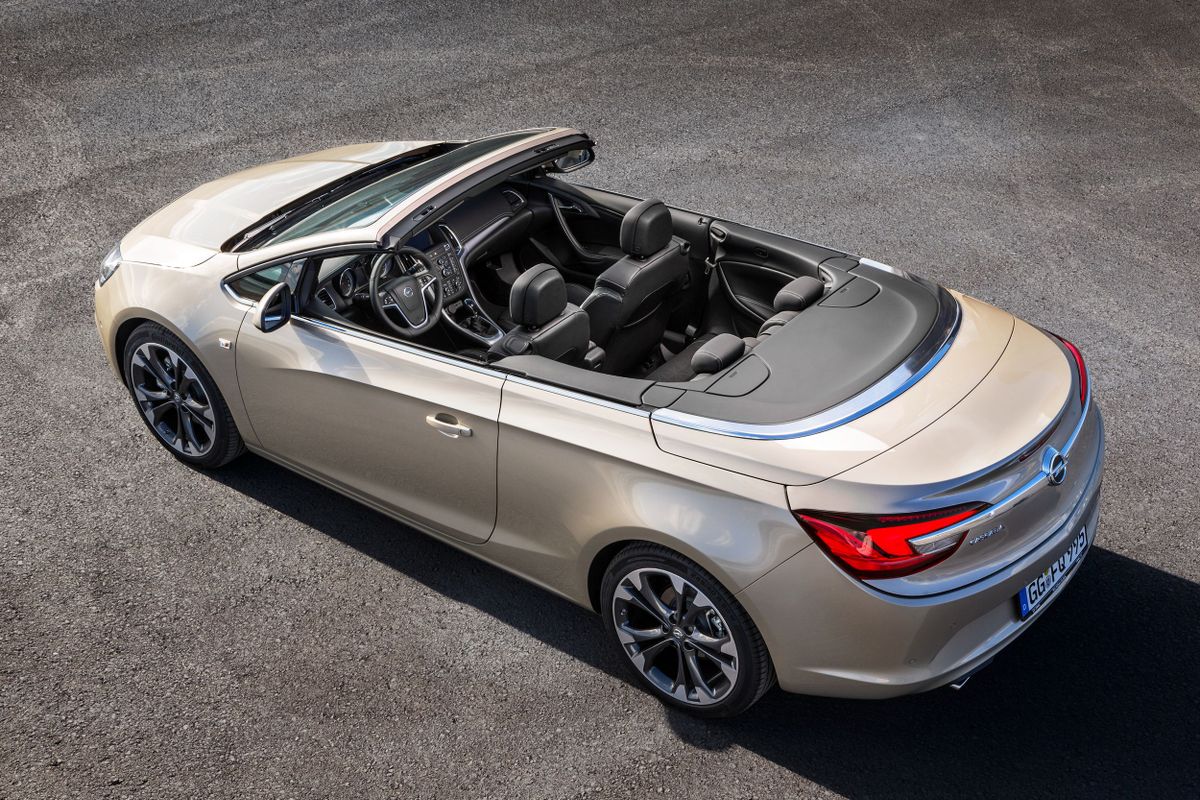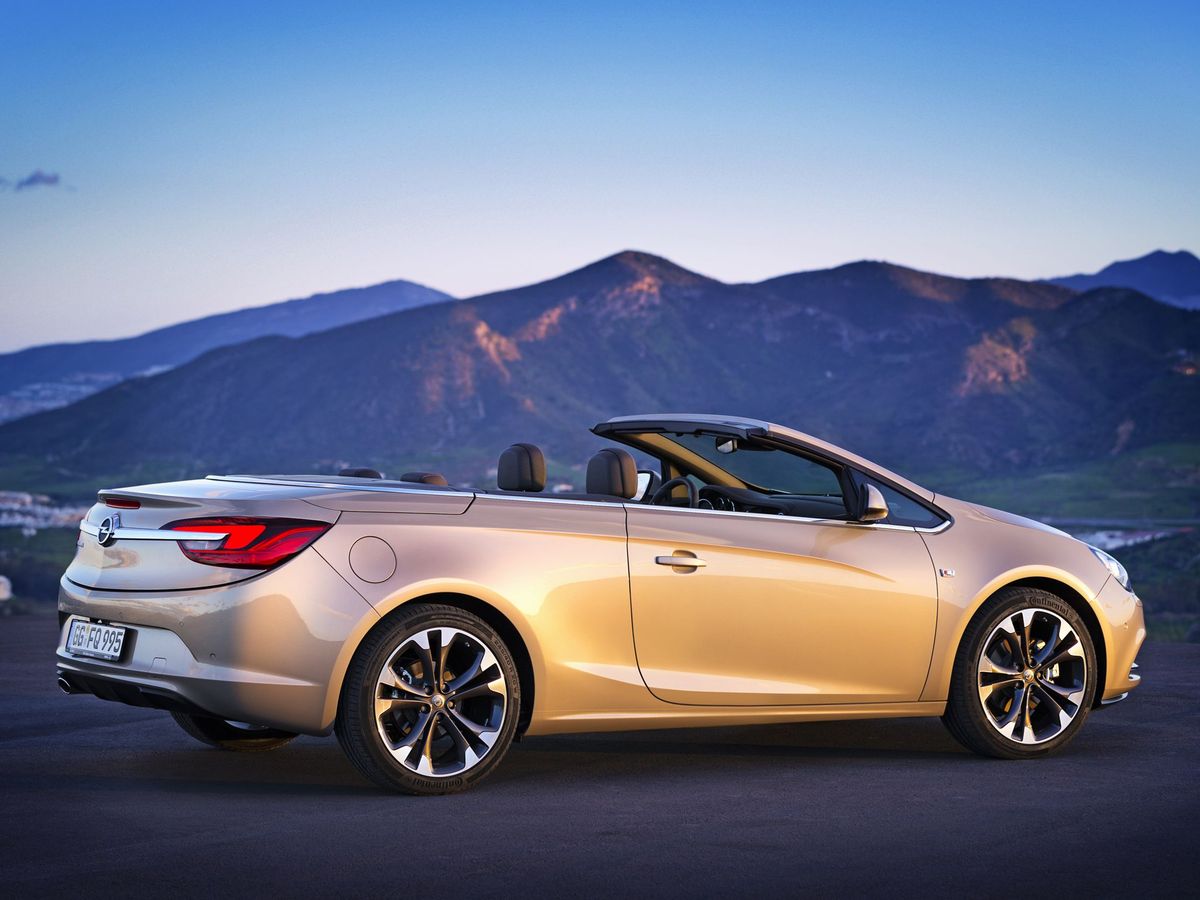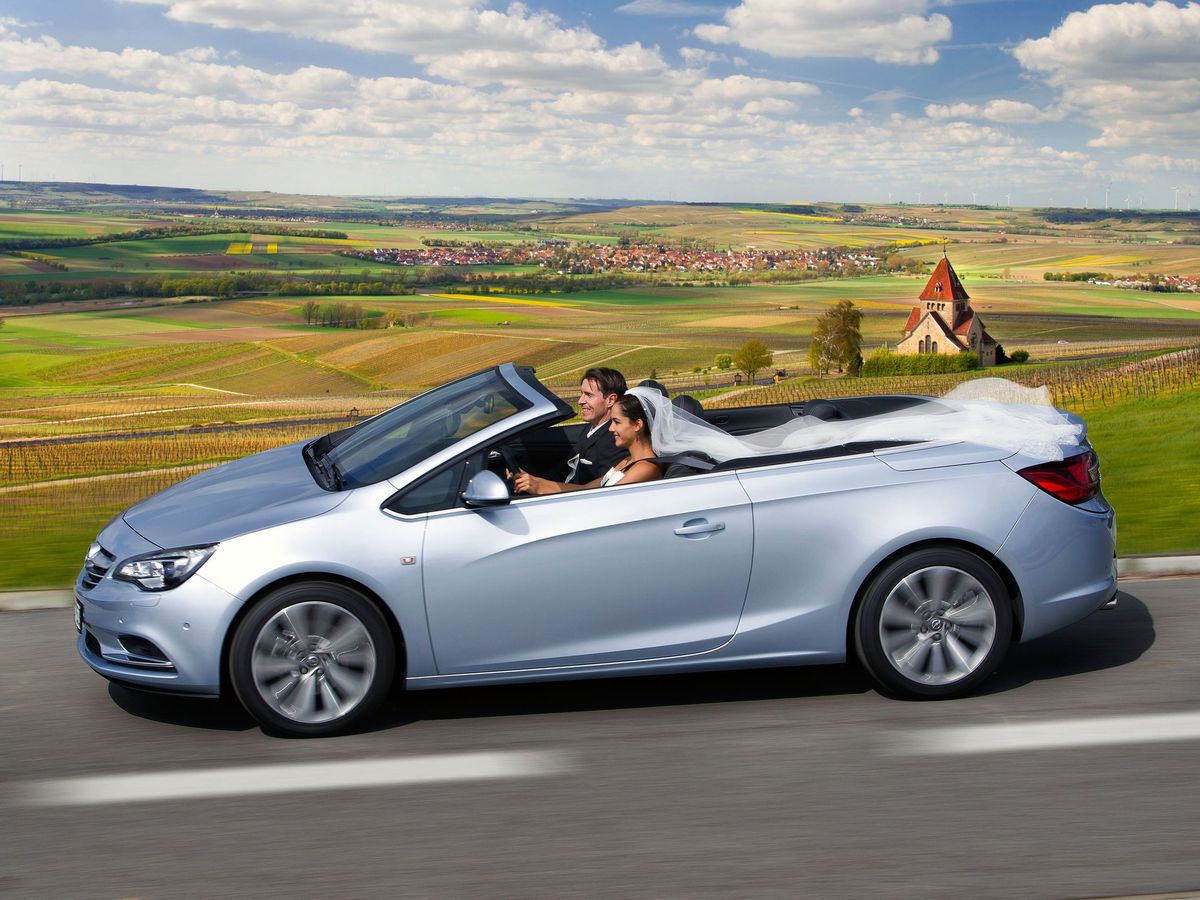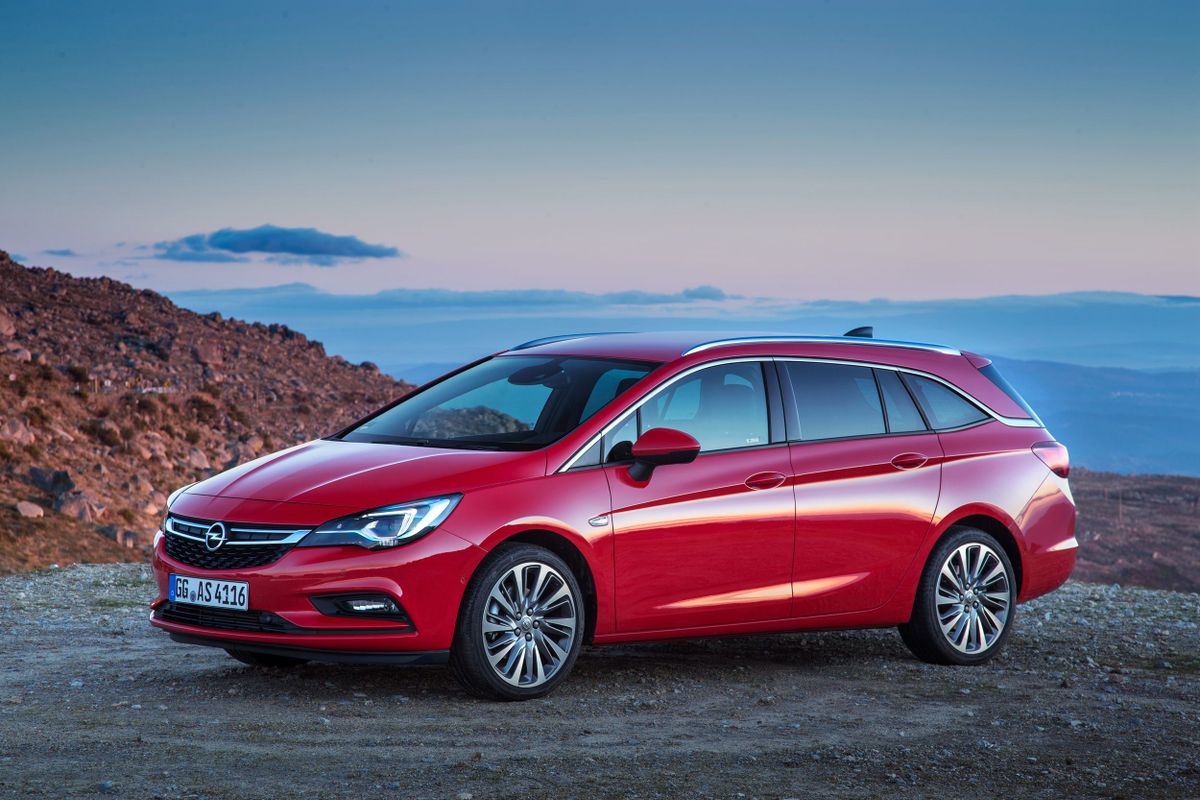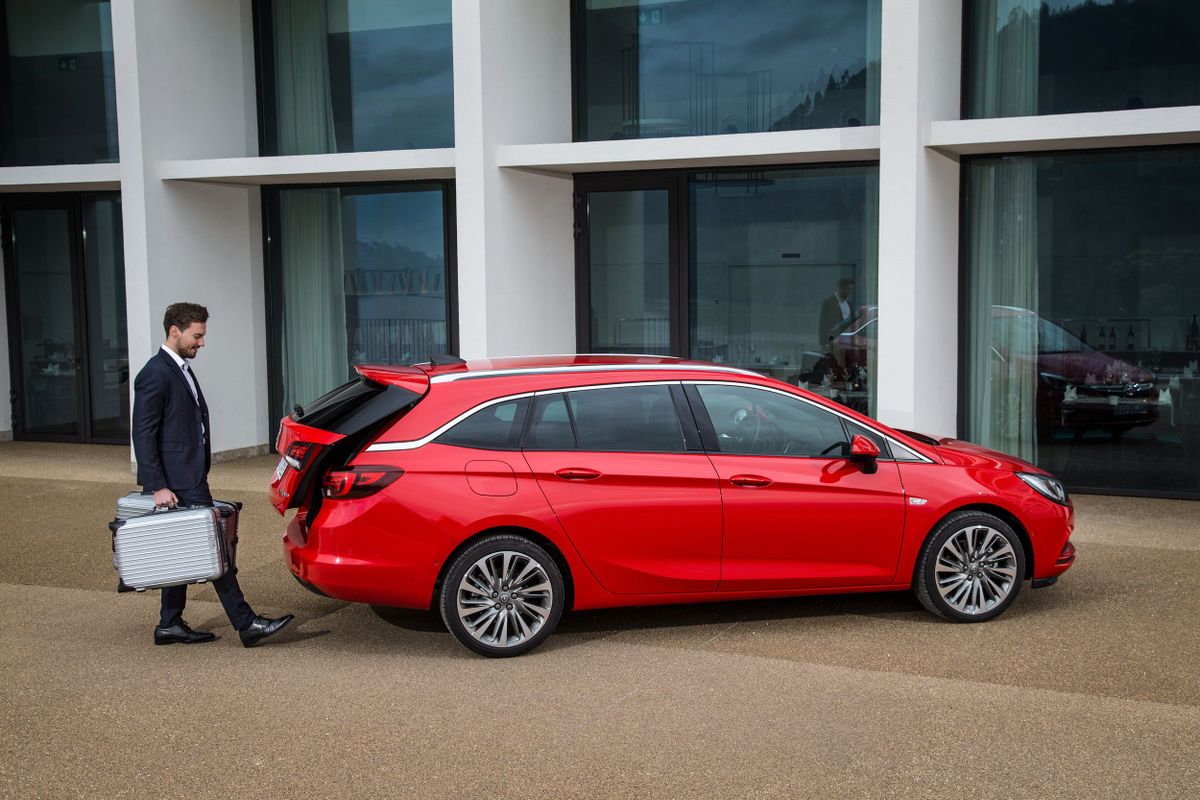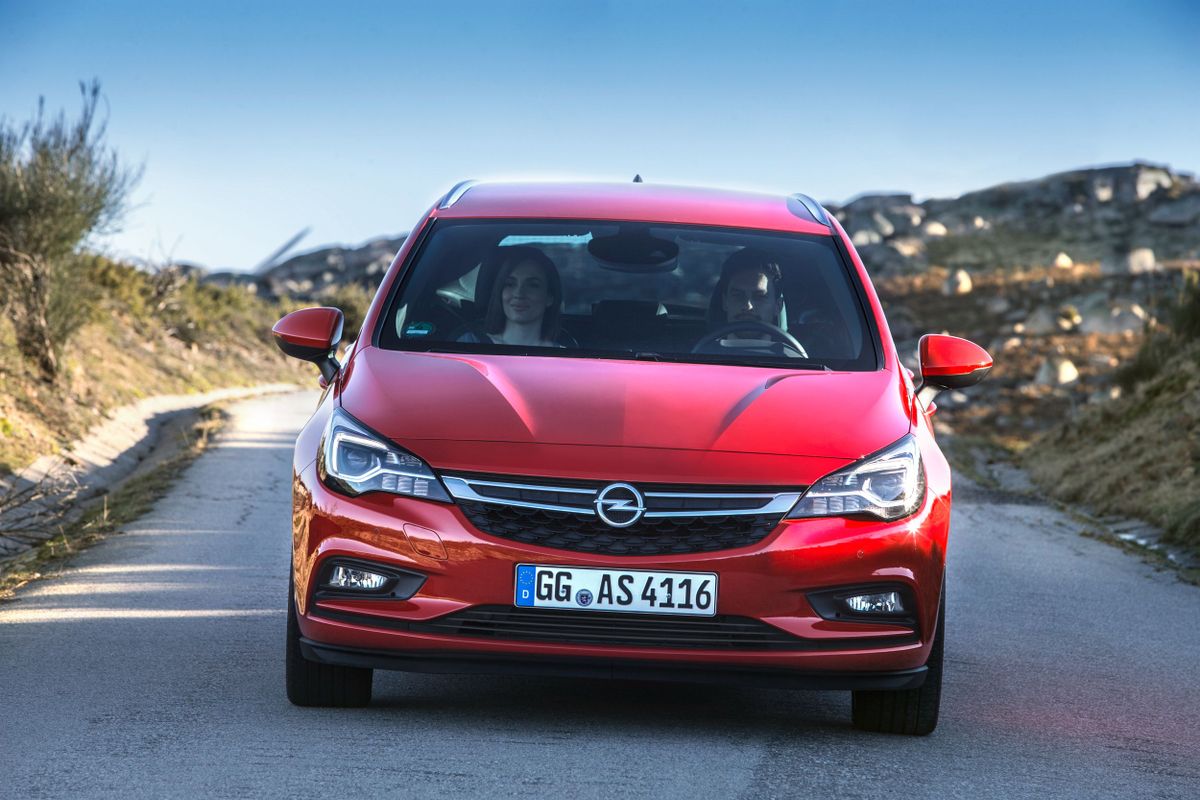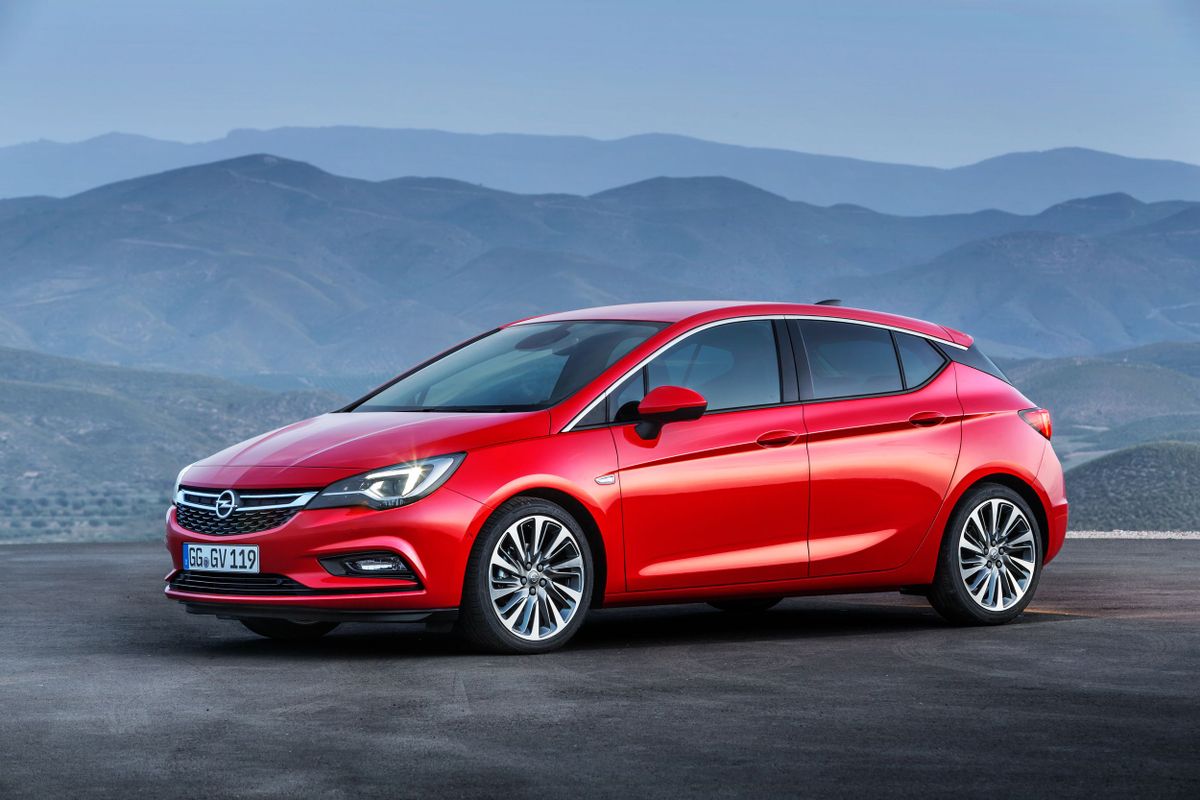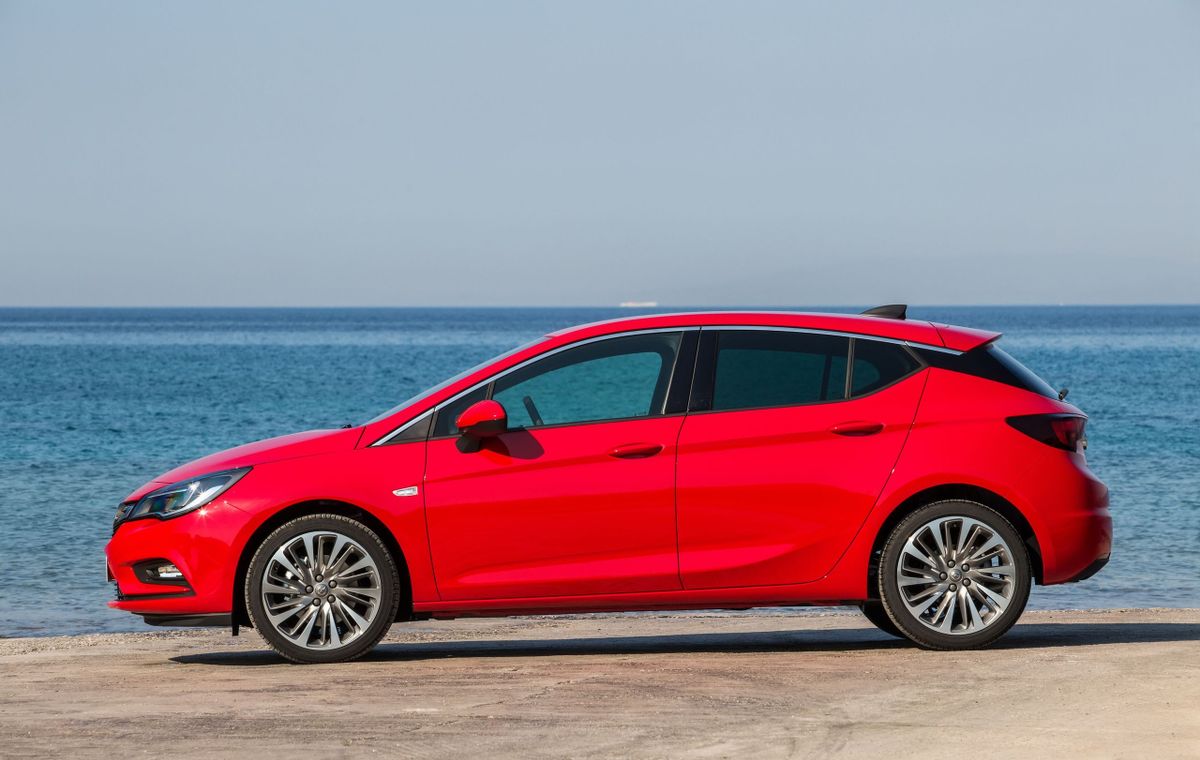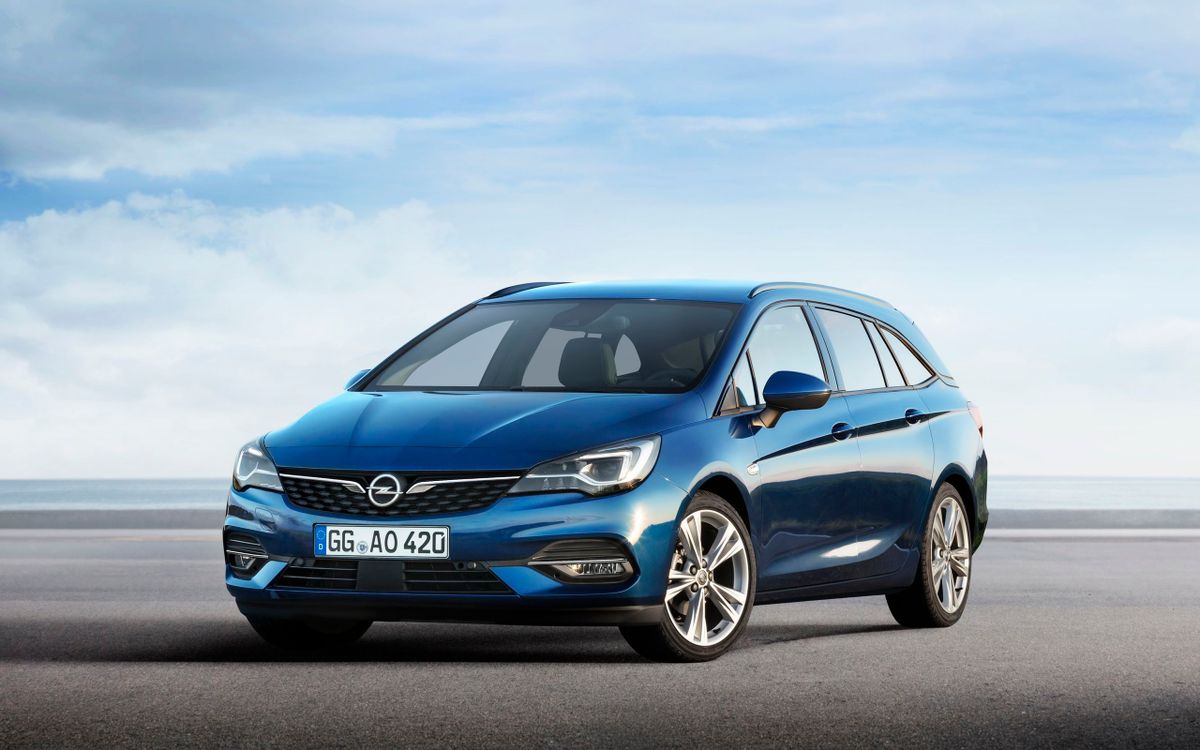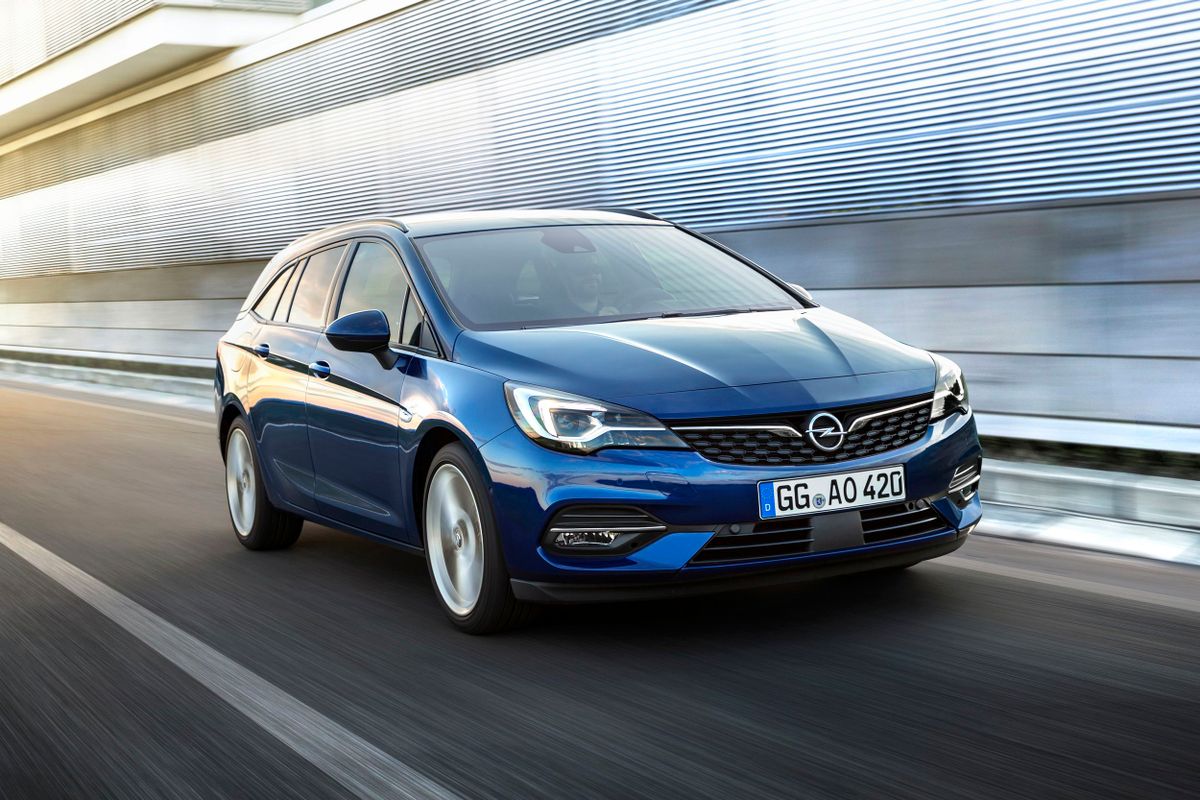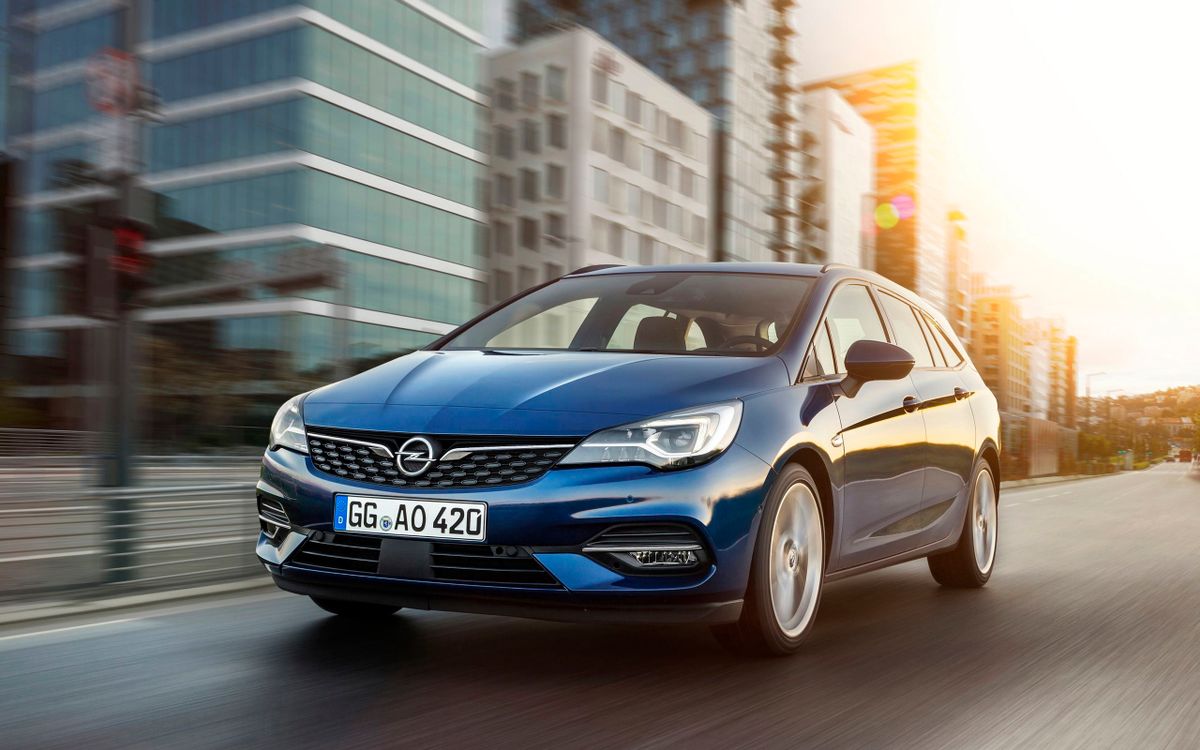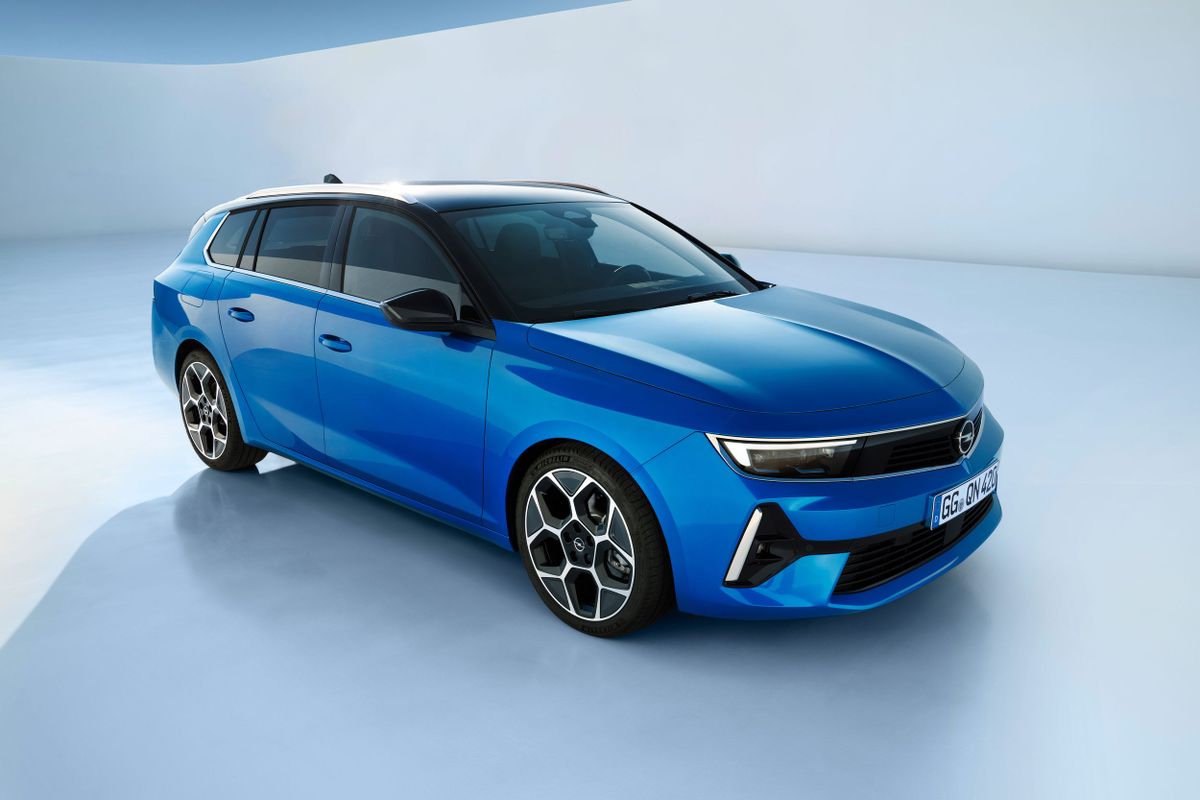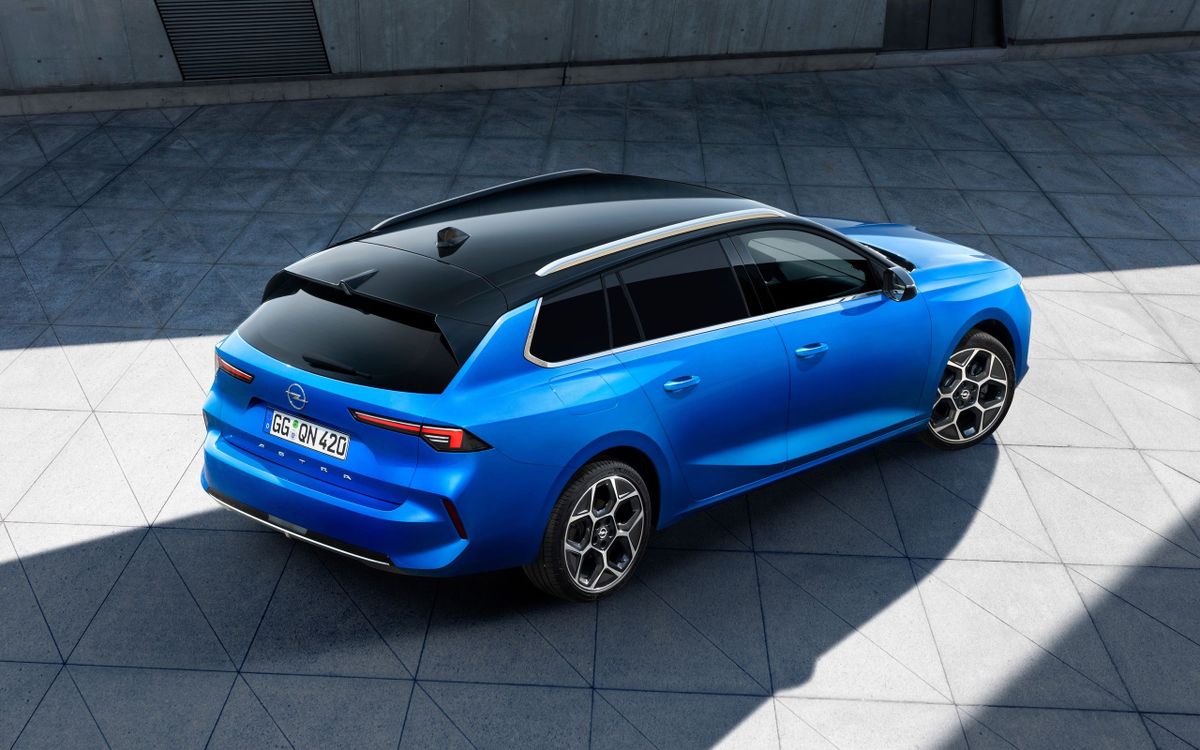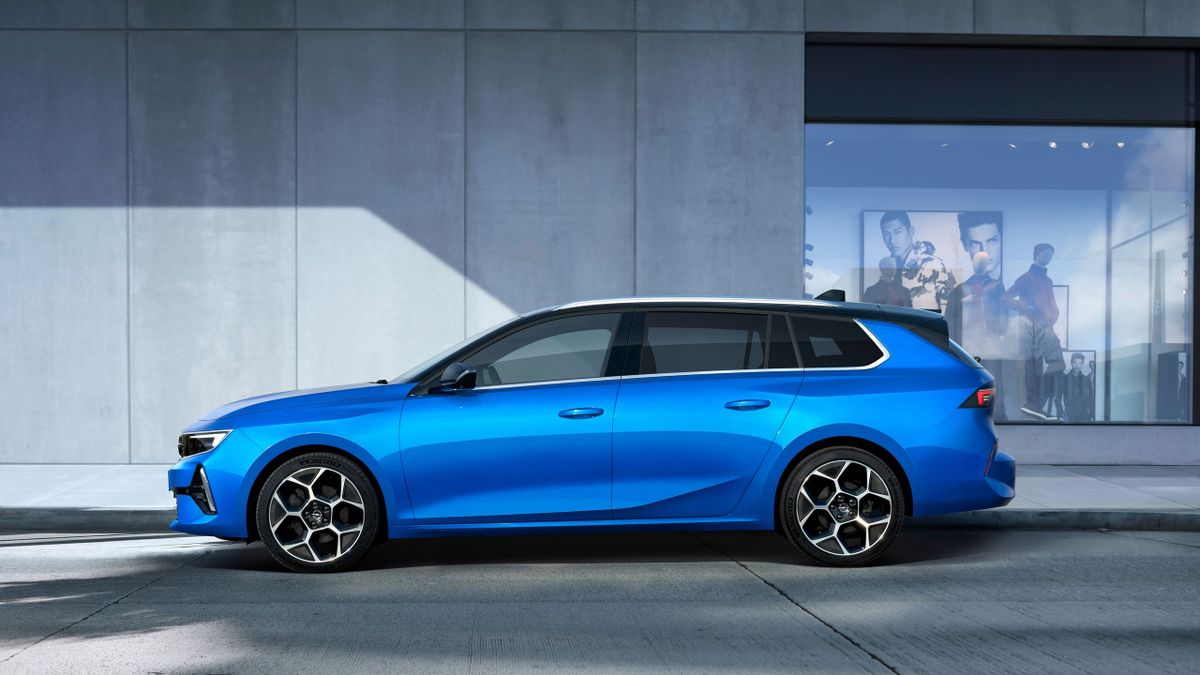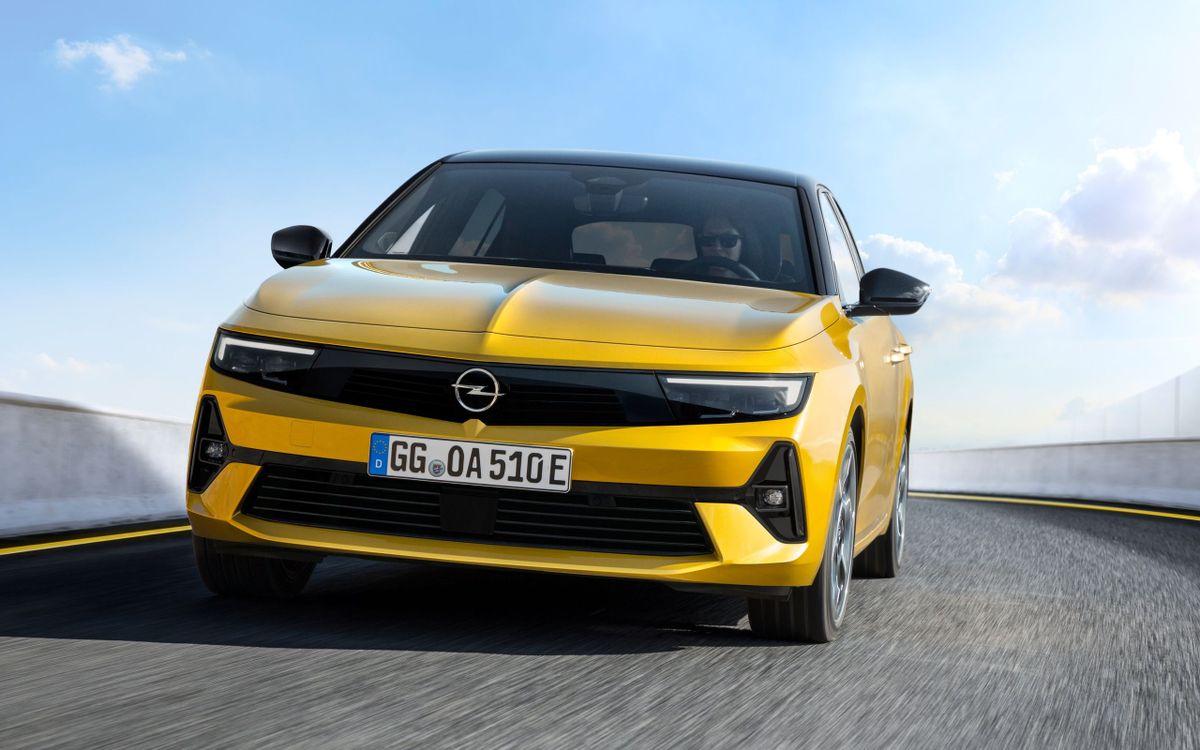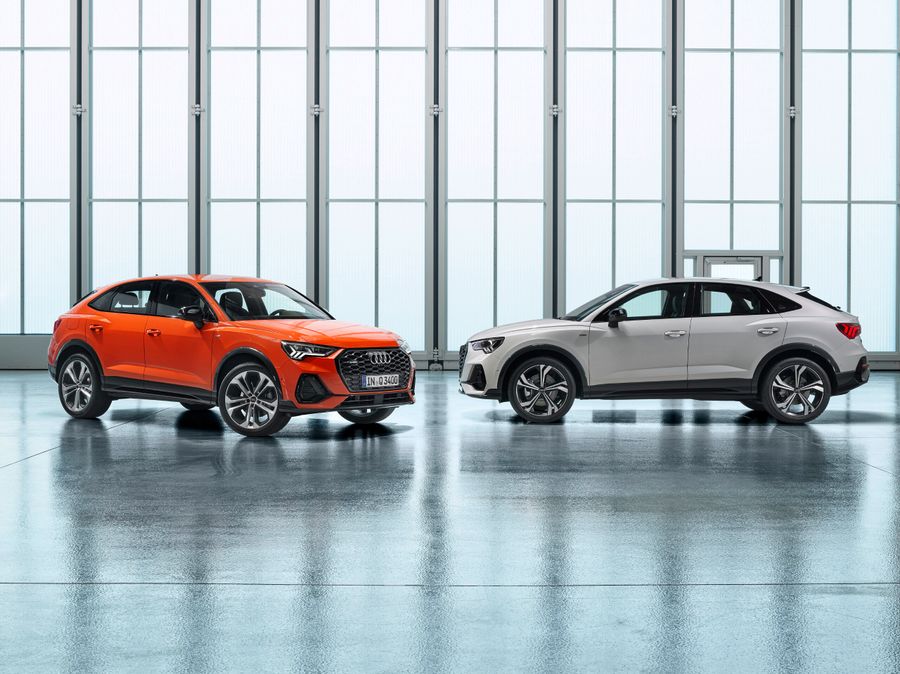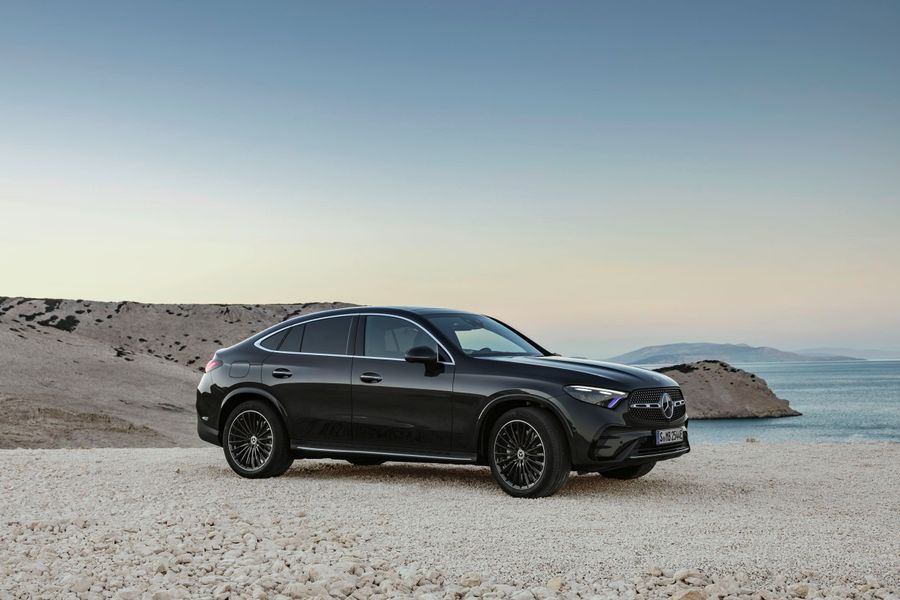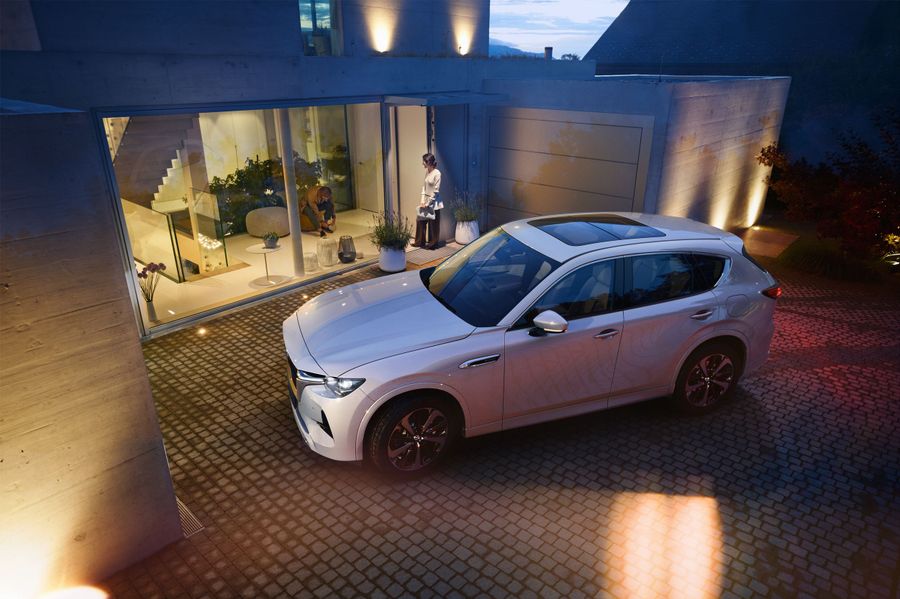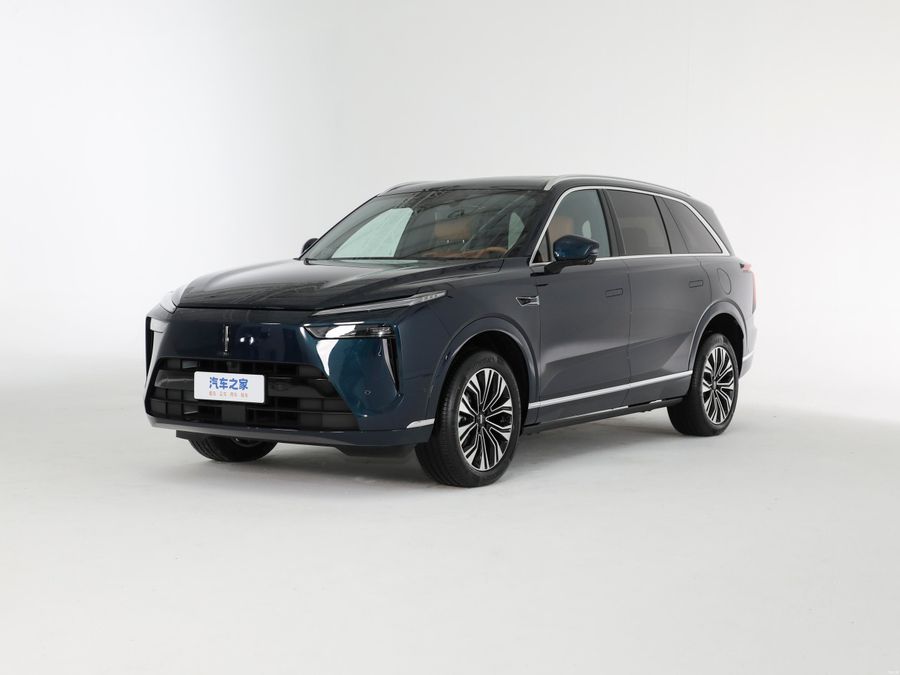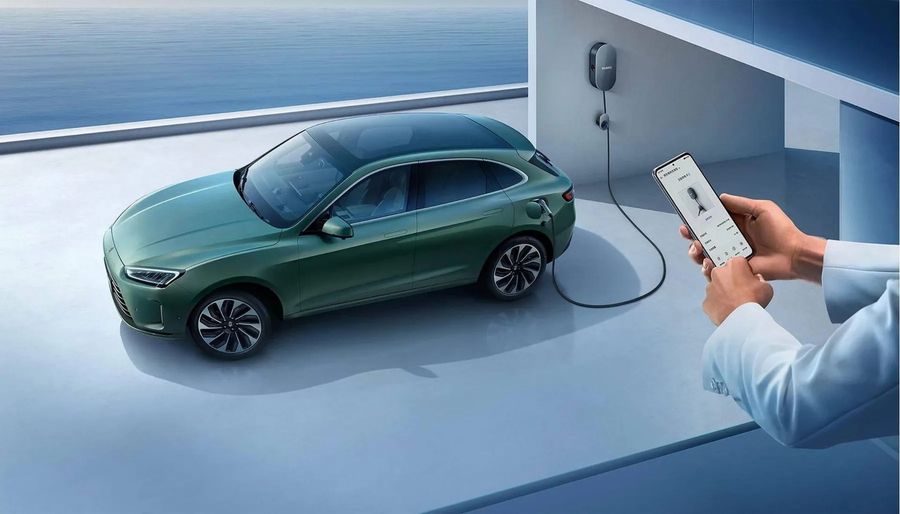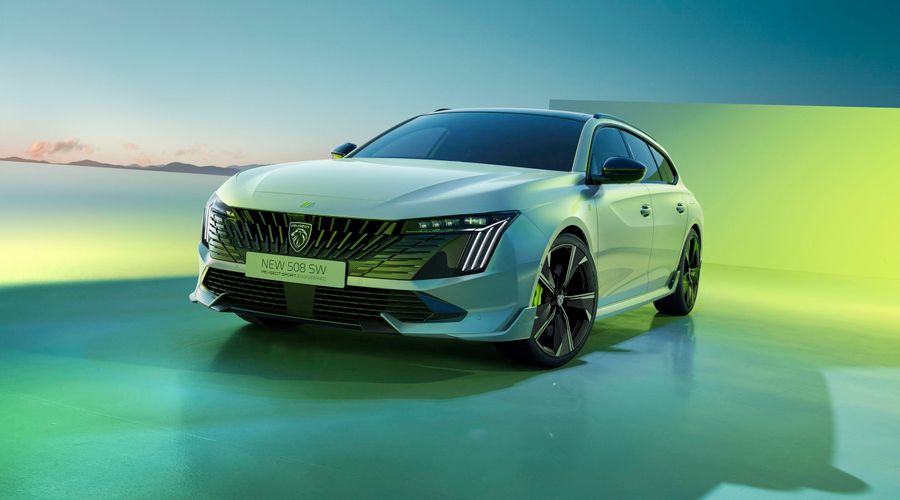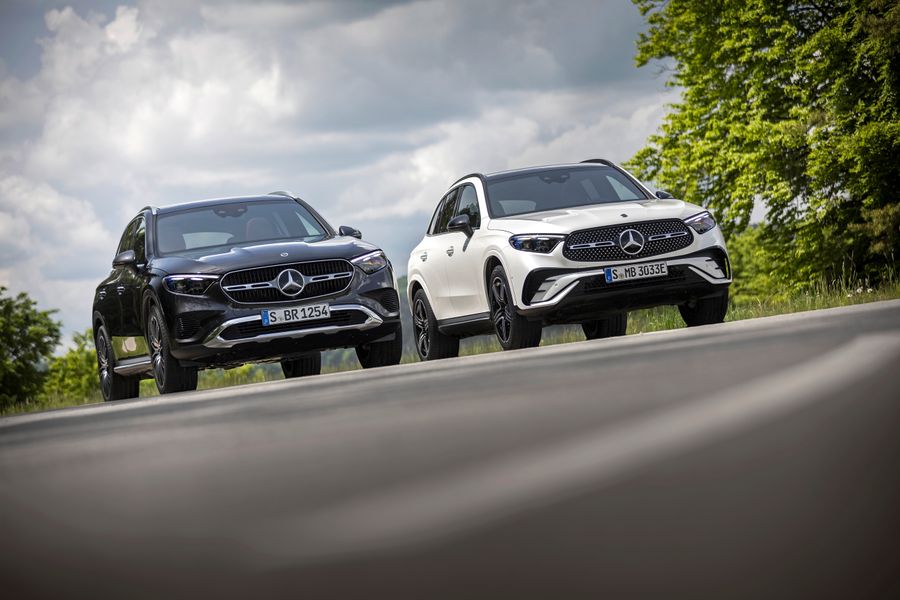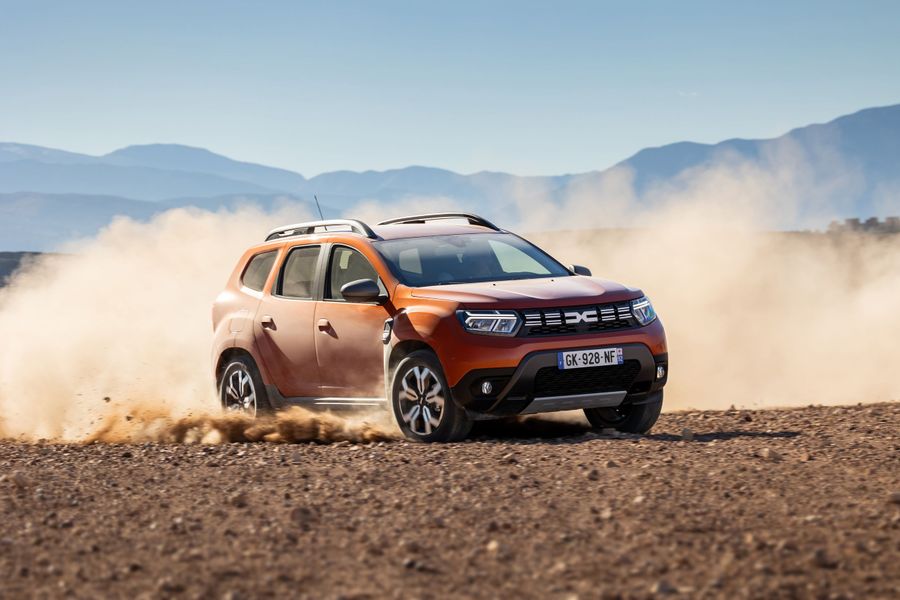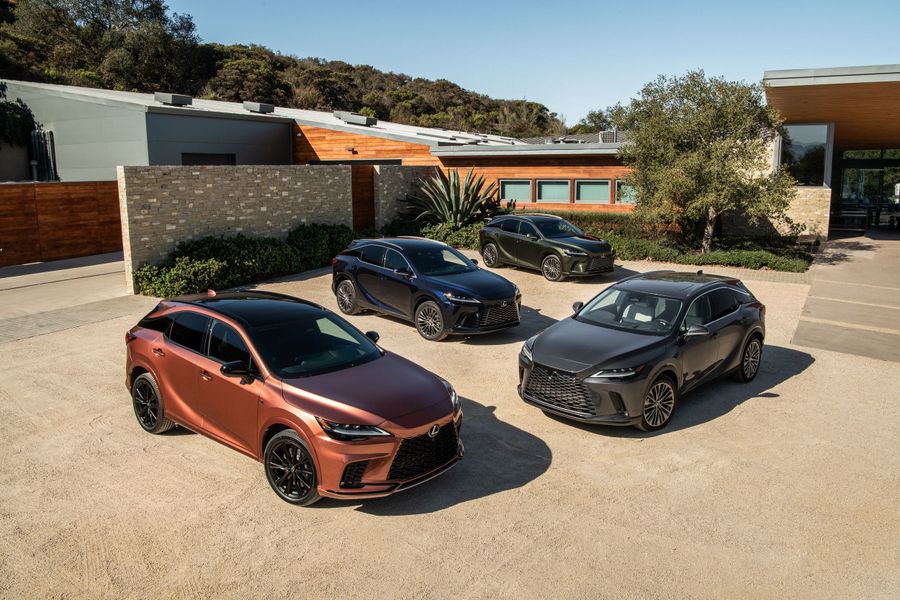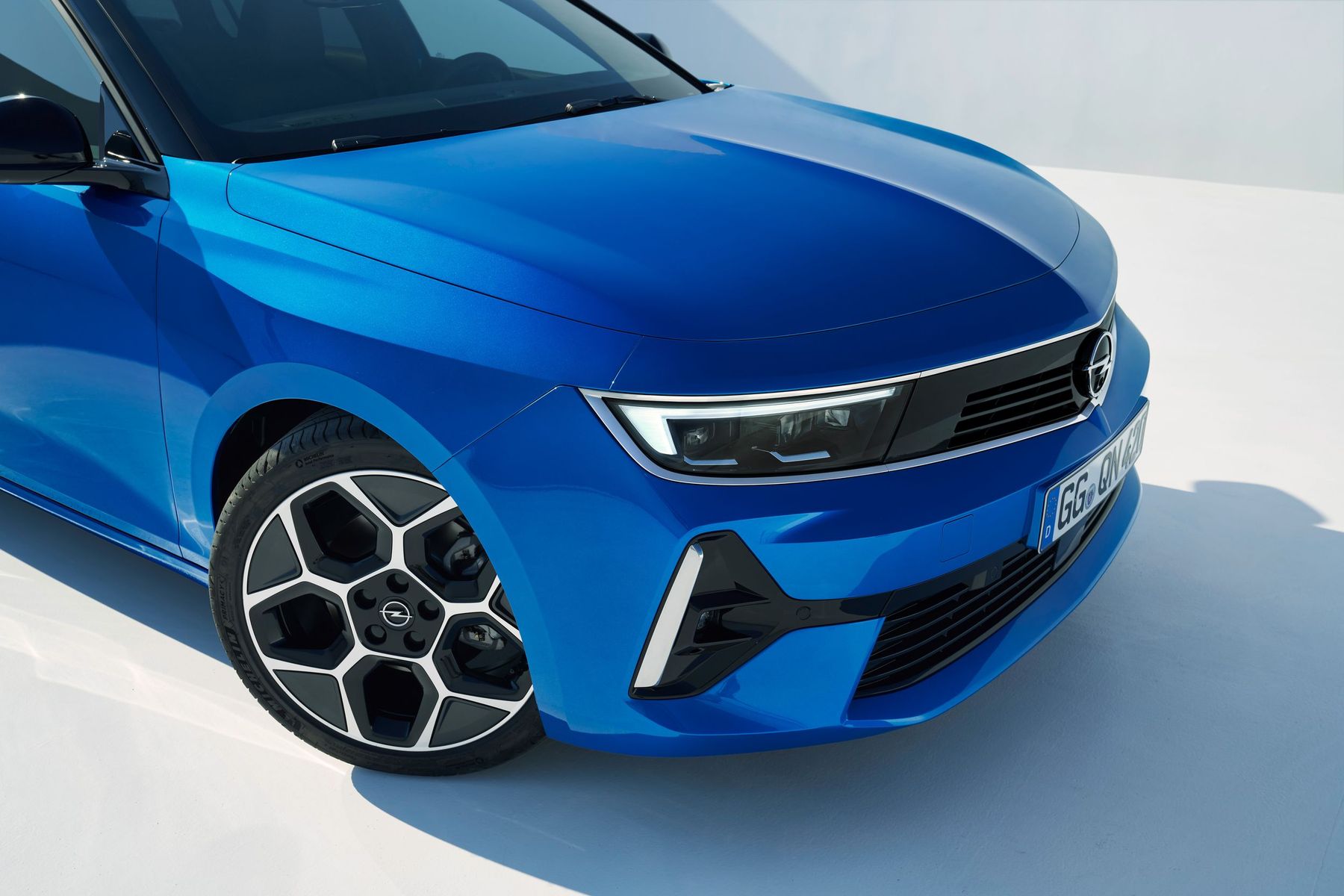
Opel Astra. Brief biography of the German star
The Opel Astra is an incredibly popular passenger car manufactured by Opel (Germany) from 1991 to the present. The list of possible names of this model includes but is not limited to Chevrolet Astra, Holden Astra, Opel Optima, Opel Kadett, Vauxhall Astra, and Opel Astra Classic. The car was produced by General Motors (1991-2017), PSA Group (2017-2021) and by Stellantis (from 2021 to the present). Being, in fact, the direct successor to the Opel Kadett, the first generation Astra was the sixth generation of the Kadett. The latter has been produced since 1962, which is displayed in the Astra letter indices. Sedans and estates, 3- and 5-door hatchbacks, and even convertibles, gasoline, diesel, gas-powered modifications (as well as current plug-in hybrid models) with a huge choice of engines literally conquered the world. Ferdinand Porsche produced his first Volkswagen Beetle Type 1 in 1938, two years after the Opel Kadett (aka Astra) went into mass production. Therefore, this is a real people’s car and a true bestseller.
According to the German manufacturer, more than 24 million Kadett-Astra cars have been built. If you line them up one after the other, the chain of compact Opel cars will exceed 100 thousand kilometers in length and will be able to go around the equator two and a half times!
The name ‘Astra’ (translated from Latin as ‘Star’) was introduced as part of the renaming campaign for Opel cars, along with Vectra, Omega and Calibra. The name ‘Astra’ was recommended by marketers, because it was associated with the most modern cool things, high technology and space, and the Kadett probably reminded of underage soldiers wearing overcoats that were too big for them. Below is a brief biography of the German star.
1 generation
It was produced from 1991 to 2000. The first Astra (Astra F) is based on the General Motors platform, GM-T, developed back in 1979. The car was offered as a 3-door and 5-door hatchback, 4-door sedan, 5-door estate, 2-door convertible and as a 3-door sedan-van. All models had a wheelbase of 2,517 mm. The sedan and convertible were 4,239 mm long, the estate was 4,278 mm long, 1,696 mm wide and 1,410 mm high. The Astra kept on growing from generation to generation. There was a choice between 4-speed automatic transmissions, 5-speed or 6-speed manual gearboxes. The buyers were offered a whole series of gasoline and diesel engines with a volume from 1.4 to 2 liters and with an output varying from 59 to 204 hp.
The Astra F had to be restyled 3 years after its introduction due to some design flaws, including a poorly designed tank and incorrectly processed body metal elements, which made the Astra subject to corrosion. Also, the car had weak transmission belts and defects in the ignition distributor or generator. All of these issues were fixed in 1994. Moreover, the manufacturer renewed the exterior mirrors, radiator grille, headlights and fog lights, side bumpers, rear bumper and much more.
The name ‘Astra’ was recommended by marketers, because it was associated with the most modern cool things, high technology and space
In addition to the standard models, Opel also released a top-end Astra F GSi, which was very different from the production model. It was more powerful, stronger and more aerodynamic. The chassis was lowered by 15 mm, and an additional stabilizer was screwed onto the rear axle. Plus, there was an on-board computer, which was an amazing progress for the early 90s in this car segment.
2 generation
It was produced from 1998 to 2009 in the form of 3 and 5-door hatchbacks, 4-door sedans, 5-door estates, 2-door coupes, convertibles and vans. The second Astra G is also known as the Holden Astra TS (in Australia) and the Vauxhall Astra Mk4 (in the UK). Aside from Germany, the car was produced in Egypt and was adapted to the conditions of North Africa. A slightly modified Astra was produced as Chevrolet Viva at the GM-AvtoVAZ plant in Russia. However, this project did not achieve success. But overall, the second generation Opel Astra became very popular. Almost 4 million cars were sold in continental Europe alone. Many versions and modifications differed in the level of comfort, variety of options and functions, and power. By the way, Astra G was the first Opel model with a fully galvanized body, which resulted from numerous complaints about the ‘rusty’ first generation.
In the second generation, the GSi was replaced by a high performance version by Opel Performance Center (1999 OPC). The maximum output of the standard version was 147 hp, while the OPC version’s engine produced 200 hp. In addition, the OPC had a special cooled brake system, modified front wishbones, power steering, reinforced rear axle and other elements to ensure high-speed driving. In 2002, the rear-end acquired a spoiler and other elements that provided zero lift on the rear axle. The drag coefficient dropped to 0.30 (the same as the Porsche 911 GT3).
3 generation
It was produced from 2004 to 2014. The Opel Astra H turned out to be very durable, and this version can still be found on the roads in most countries of the world. In total, 14 different versions were developed, which were equipped with ten types of diesel engines (from 90 to 150 hp) and eleven types of gasoline engines (from 75 to 241 hp).
The Opel Astra H was restyled in 2006. The restyling was minor, only touching the taillights, front and rear bumpers, radiator grille and some other elements. All variants were well-equipped, featuring such advanced options as:
- power steering;
- central locking with radio remote control;
- front electric windows;
- electric side mirrors;
- six airbags;
- anti-lock braking system;
- immobilizer;
- electronic stability program and much more.
Produced from 2005 to 2010, the advanced Opel Astra OPC was lowered, had enlarged bumpers and side skirts, a centrally located exhaust, sports seats. It was equipped with a 2-liter turbocharged engine with 240 hp, developing a top speed of 244 km/h and accelerating to 100 km/h in 6.4 seconds. By the way, in 2005, Manuel Reuter set new record of 8:35,94 minutes at the Nürburgring while driving an Astra OPC.
4 generation
It was produced from 2009 to 2017. According to the German alphabet, the Astra H was supposed to be followed by the Astra I, but it looked like Astra ‘One’, so the car received the letter ‘J’. The Astra J was offered as a 5-door hatchback and estate, 3-door hatchback, 4-door sedan. In total, there were 19 versions, which could be equipped with one of 10 gasoline and diesel engines. All cars were well equipped with standard and special options and functions.
Three years later, the Astra was restyled. A 195 hp biturbo diesel engine was offered as standard for the model. With. There was also a 1.4-liter turbocharged gasoline engine patented by Opel with an output of 140 hp, which had the automatic overboost function, which made it possible to quickly increase the maximum torque from 200 to 220 Nm. However, the engine turned out to be unreliable and was soon replaced by a simple 1.6-liter naturally aspirated engine with an output of 115 hp.
The fourth-generation Astra OPC high-performance version was produced from 2012 to 2018. It was equipped with a 2-liter turbocharged direct fuel injection engine with an output of 280 hp and 400 Nm of torque, a mechanical multi-plate limited slip differential, an advanced braking system on the front axle, a sports suspension, Opel’s own high-performance racing seats and many other sports elements.
The Opel Cascada is a front-engined, front-wheel drive, 2-door, 4-seater compact touring convertible with a fabric top
The manufacturer introduced another rather interesting and beautiful subspecies of the Astra J, the Opel Cascada, a front-engine, front-wheel drive, 2-door, 4-seater small-capacity touring convertible with a fabric top, which was produced from 2013 to 2019. It was equipped with a good 200-horsepower engine, which allowed it to accelerate to the first 100 km/h in 8 seconds. The cabriolet was designed very carefully and meticulously. For example, the fabric top was tested on a specially designed stand equipped with 124 jets that erupted 1.9 gallons of water per minute onto the roof of a convertible. The Cascada was popular with those who loved to drive with wind in their faces, but, apparently, only by them, since sales over the years of production did not even reach 50 thousand cars. So when Opel moved from General Motors to PSA, convertible production ended. It’s a pity.
5 generation
It was produced from 2015 to 2019. The fifth generation was named Opel Astra K. This generation was particularly popular among German motorists. In November 2015, the car won the Golden Steering Wheel in the compact car class. The Golden Steering Wheel (Goldene Lenkrad) is one of the most prestigious German car awards. It was awarded since 1976 by BILD am Sonntag (BamS) and in cooperation with Auto Bild since 2009. In 2016, the Opel Astra surpassed this achievement, receiving the most prestigious European award, European Car of the Year. Ordinary motorists voted for the Astra in hard cash. In September 2017, the fifth generation Astra took second place in Europe in terms of initial registrations, and it even became a leader in some EU countries.
The manufacturer invested the entire experience of mistakes and achievements acquired since 1991 in the design of the body, chassis, engines, and vehicle equipment. The K-generation used design weight reduction technologies that reduced the car weight by 135 kg. Ultra-high-strength steels made the body longer. The drag coefficient reached 0.272, and in 2019 it was reduced to 0.25. Externally, the Astra K was not so much a beautiful car as an impeccably functional car. Although what is beauty, if not the highest form of utility?
The Opel Astra won the Golden Steering Wheel in the compact car class, as well as the most prestigious European award, European Car of the Year
There were 6 types of gasoline engines with an output ranging from 90 to 200 hp, and 8 diesel engines with an output ranging from 105 to 160 hp, including powerful, reliable and efficient engines with minimized CO emissions of the ecoFLEX type. In 2019, the Astra K was restyled. After the restyling, the battery was placed in the trunk for better weight distribution. Moreover, the car acquired the function of adapting the steering mode to speed changes, and the rear axle received a torsion beam with a modernized leverage mechanism for lateral stability. The list of special equipment includes adaptive LED front light system with Intelligent high beam and LED taillights, 7’ and 8’ touchscreen infotainment system with Android and Apple connectivity.
6 generation
Back in 2019, when Opel introduced the restyled Astra K, it was revealed that the new Astra of the sixth generation would enter the market in 2021. As you know, PSA joined Stellantis in 2021, so the new Astra came out under the auspices of the new owner. The Astra L was introduced on July 13, 2021 and went on sale on November 12, 2021. Unlike previous models, the new Opel Astra is based on the third generation of the EMP2 (PSA) platform. It is half a meter longer, has an additional hybrid drive and many advanced options that have allowed it to easily survive in one of the most competitive segments, which includes such best-sellers as the Volkswagen Golf and Ford Focus, Honda Civic and Mazda 3, Peugeot 308 and Skoda Octavia, Renault Megane and Kia Ceed, Hyundai i30 and Seat Leon.
In terms of exterior, the new Opel Astra looks like a modern, high-tech and exceptionally balanced car with perfectly sculpted front and rear and an excellent ratio of body elements. Yes, it’s a bit boring, but to be honest, the eye rests on it after the artsy ultra-futuristic creations with incomprehensible alien elements that are characteristic of many modern cars.
The 2021/2022 Opel Astra is a well-assembled, spacious, responsive, comfortable and richly equipped car, featuring productive reliable engines. The standard version has 18-inch alloy wheels, LED headlights, dual-zone climate control, a 7-inch touchscreen monitor with satellite navigation, parking sensors, heated seats and steering wheel, a driver assistance package with lane keeping assist and automatic emergency braking. But aside the base trim level, there are Griffin Edition, Business Edition Nav, SRi Nav and Elite Nav Premium versions, which offer a lot more options.
The entire Astra engine range was updated in 2019. Now it has three 3-cylinder 1.2-liter turbocharged engines with an output of 110, 130 and 145 hp and three 1.5-liter turbocharged diesel engines with an output of 105 or 122 hp. The engines are accompanied by a 6-speed manual transmission, but there is also a unique 9-speed automatic transmission.


